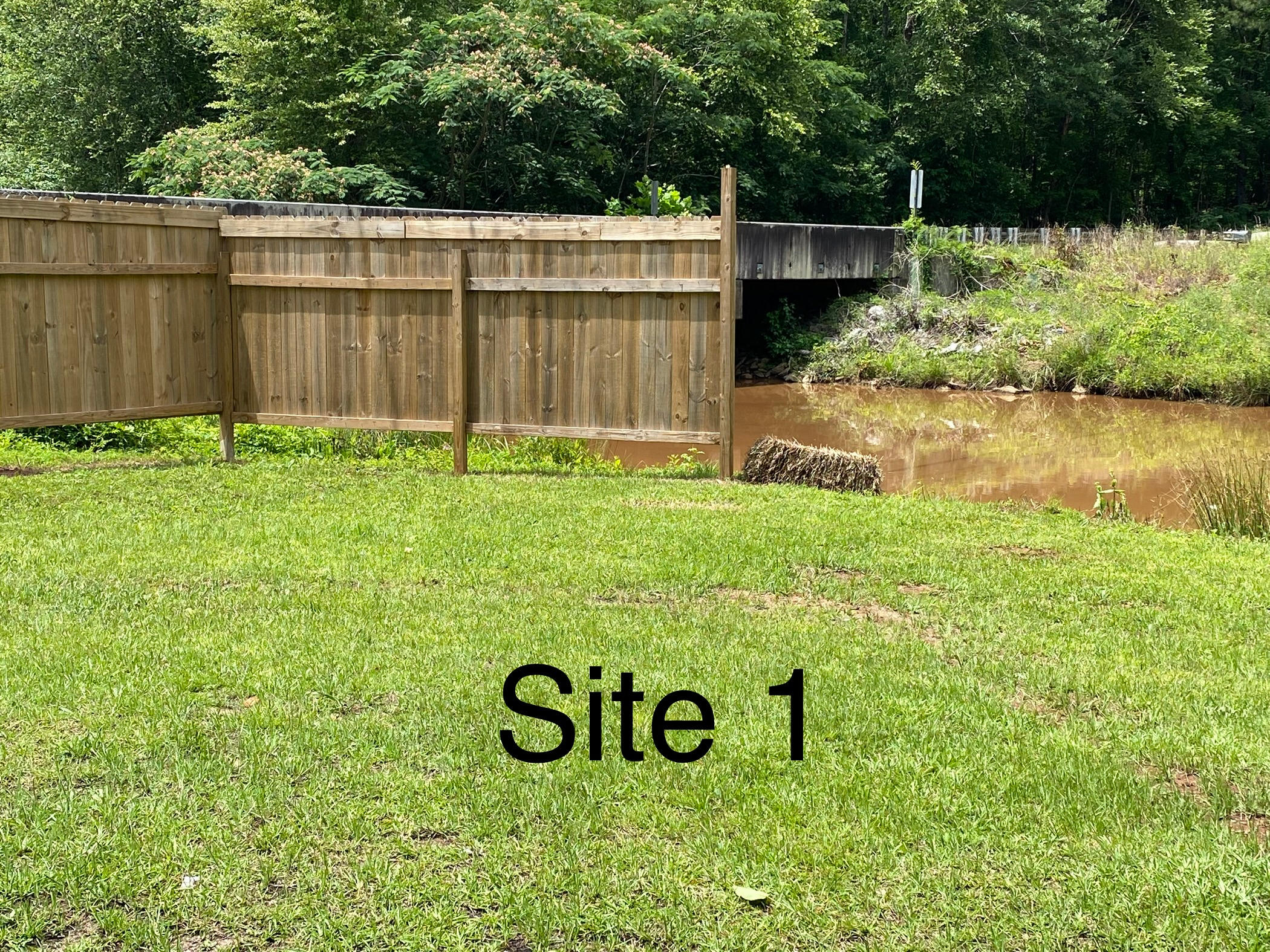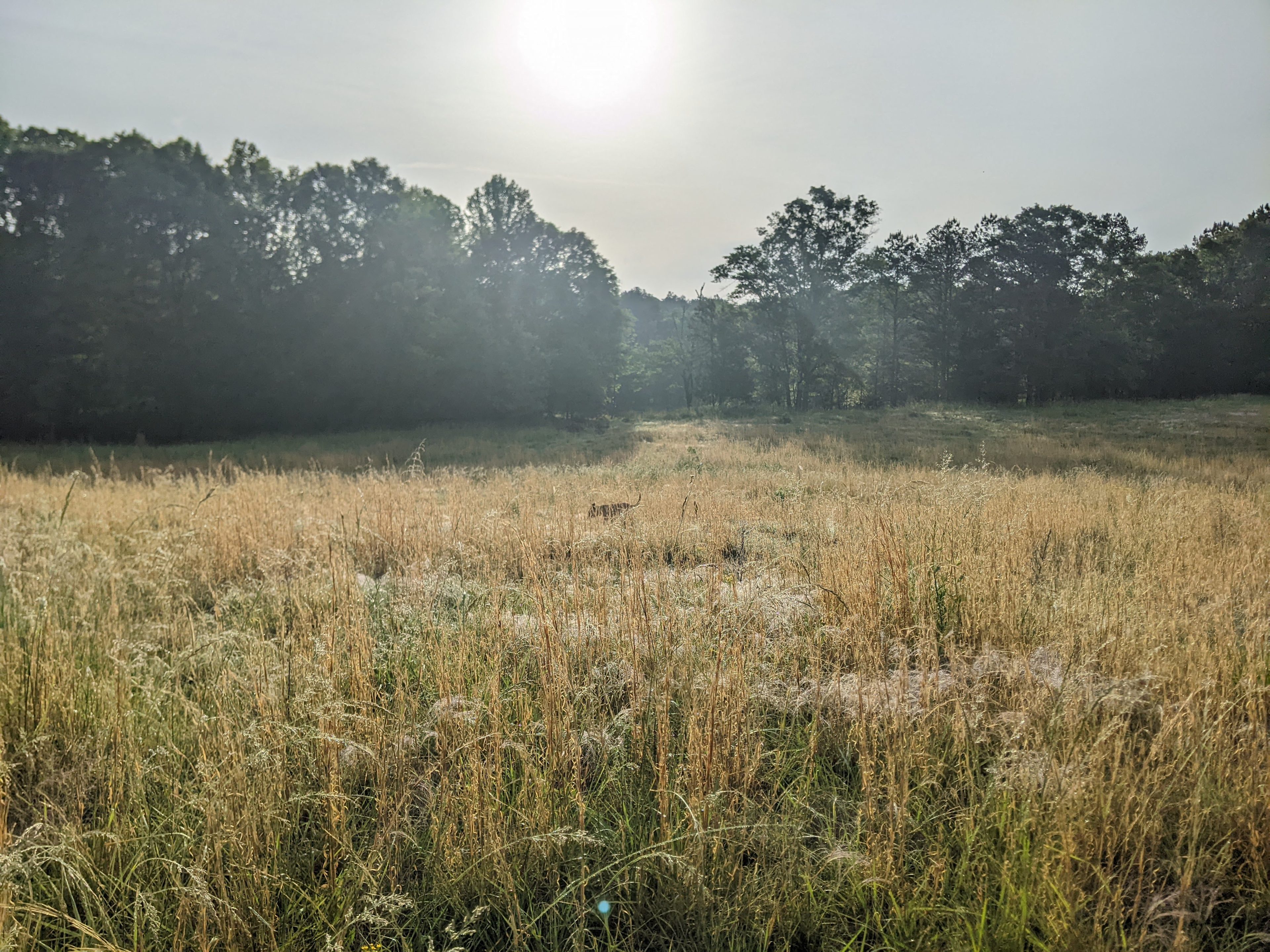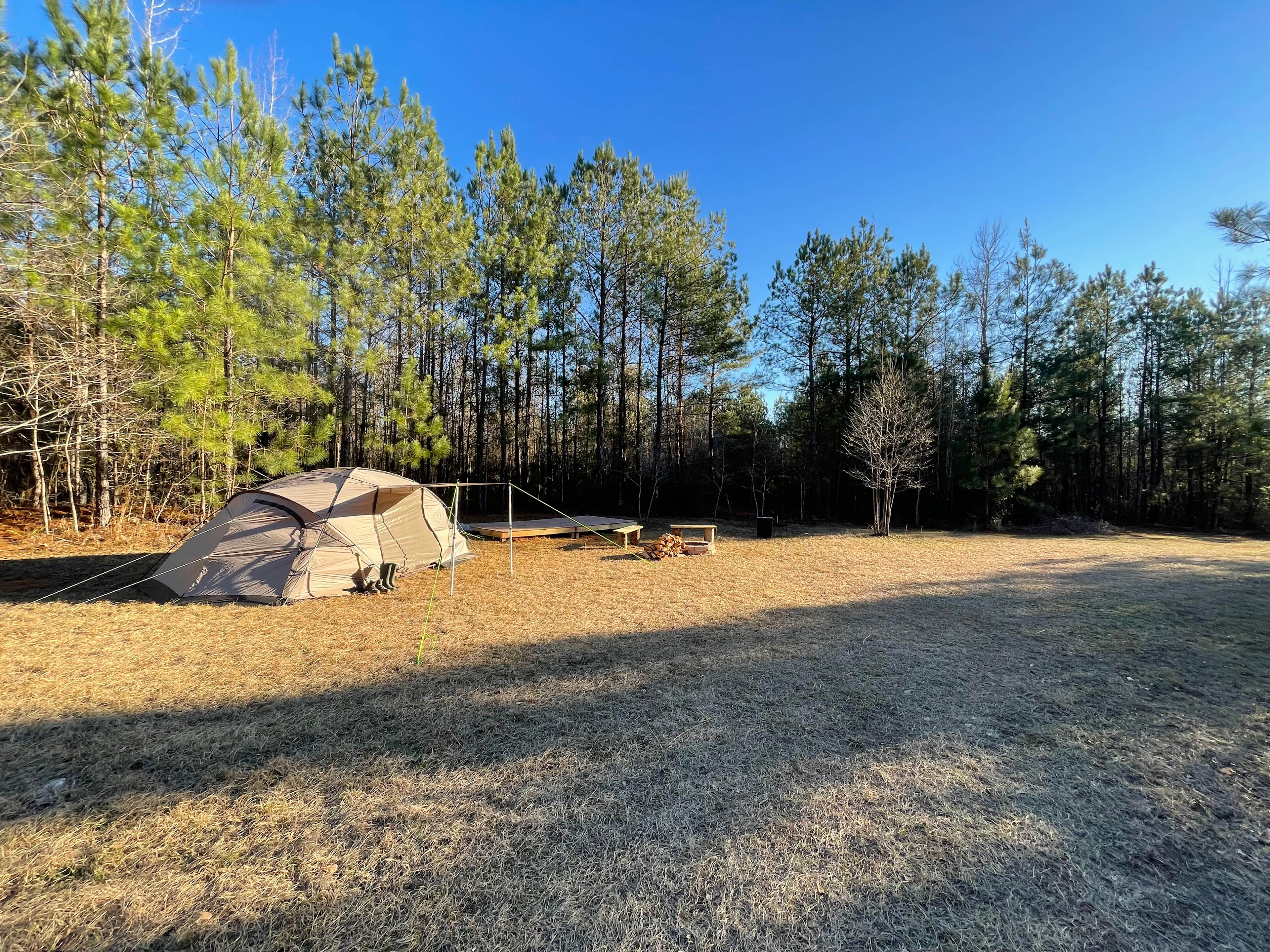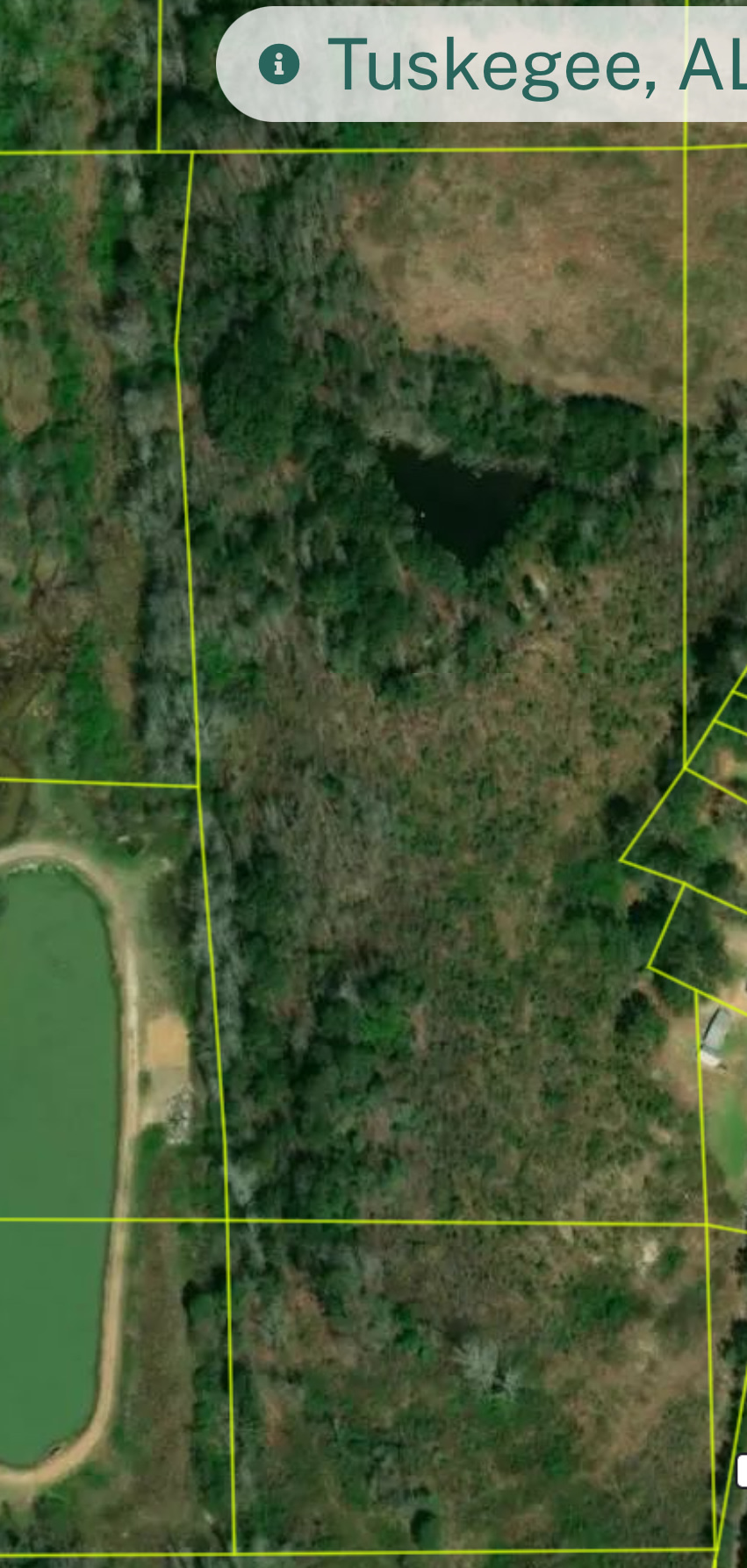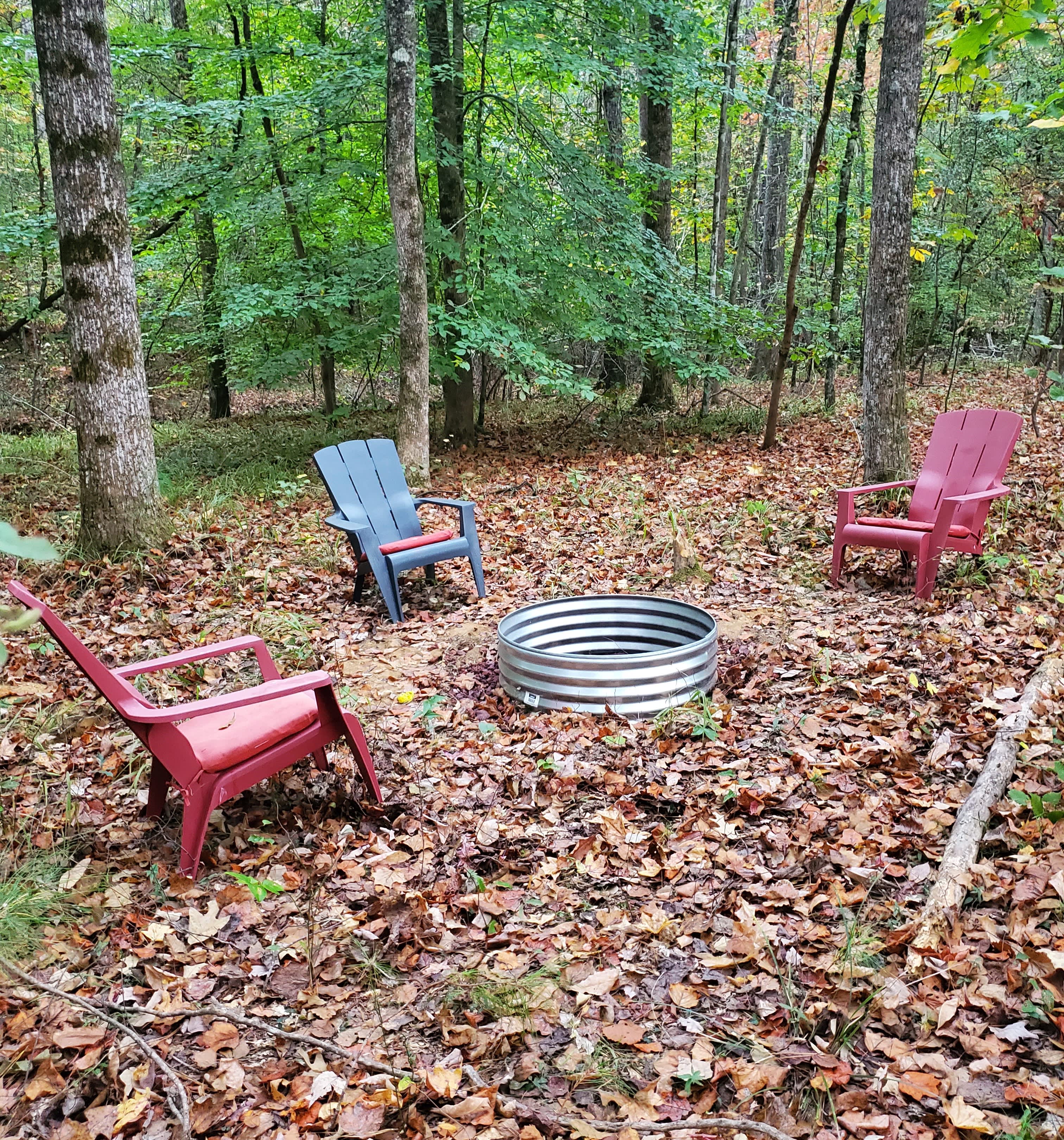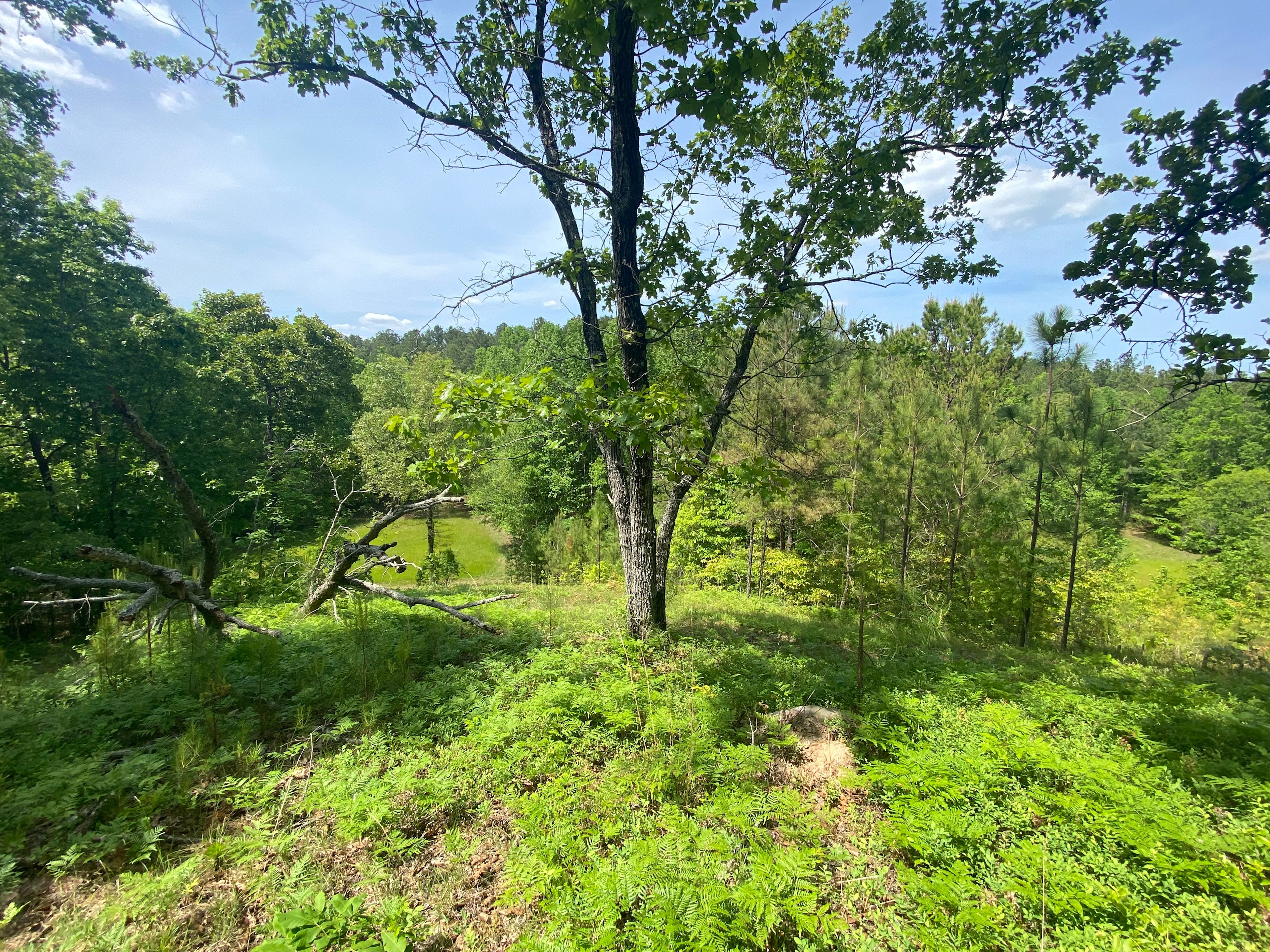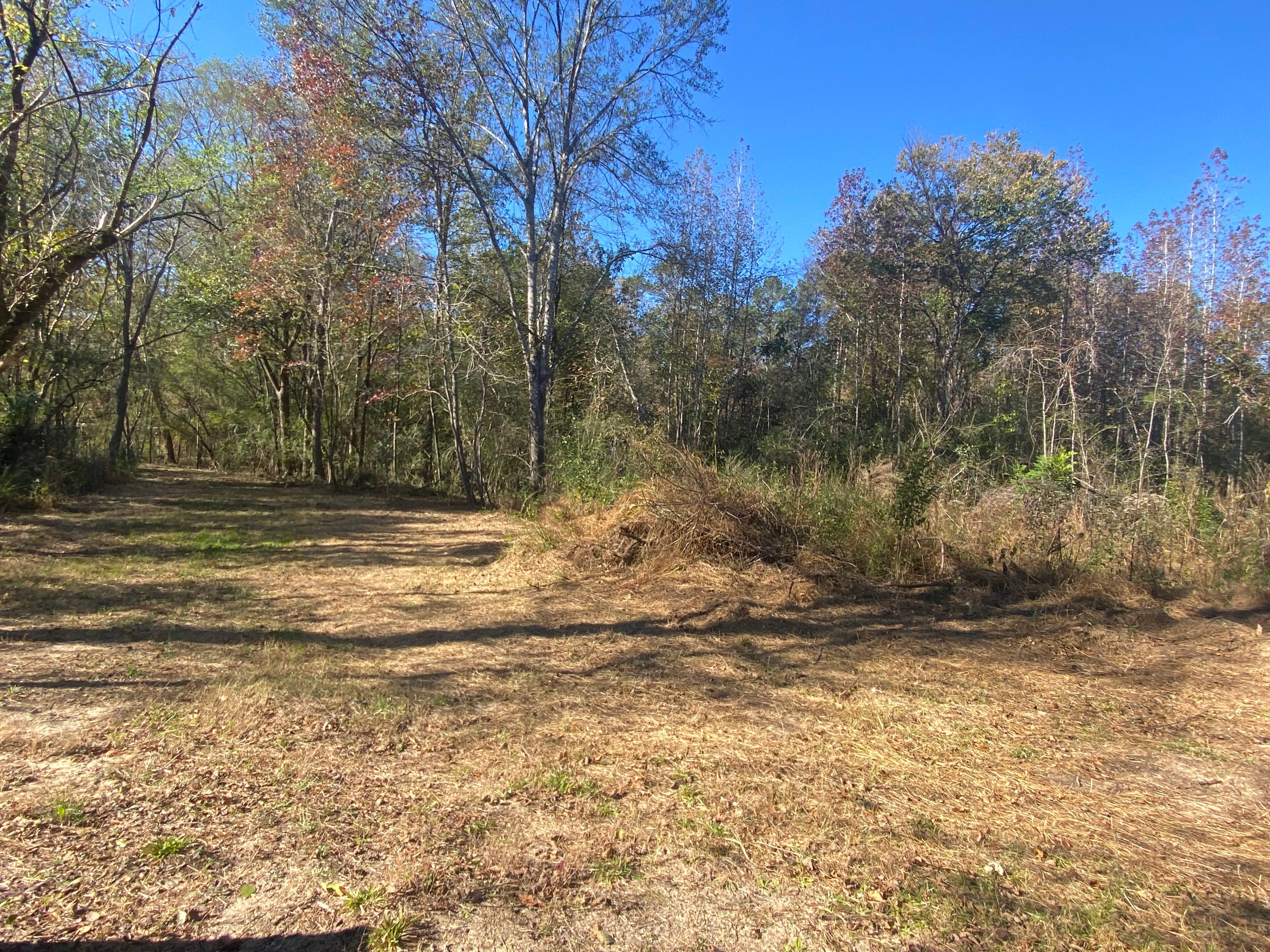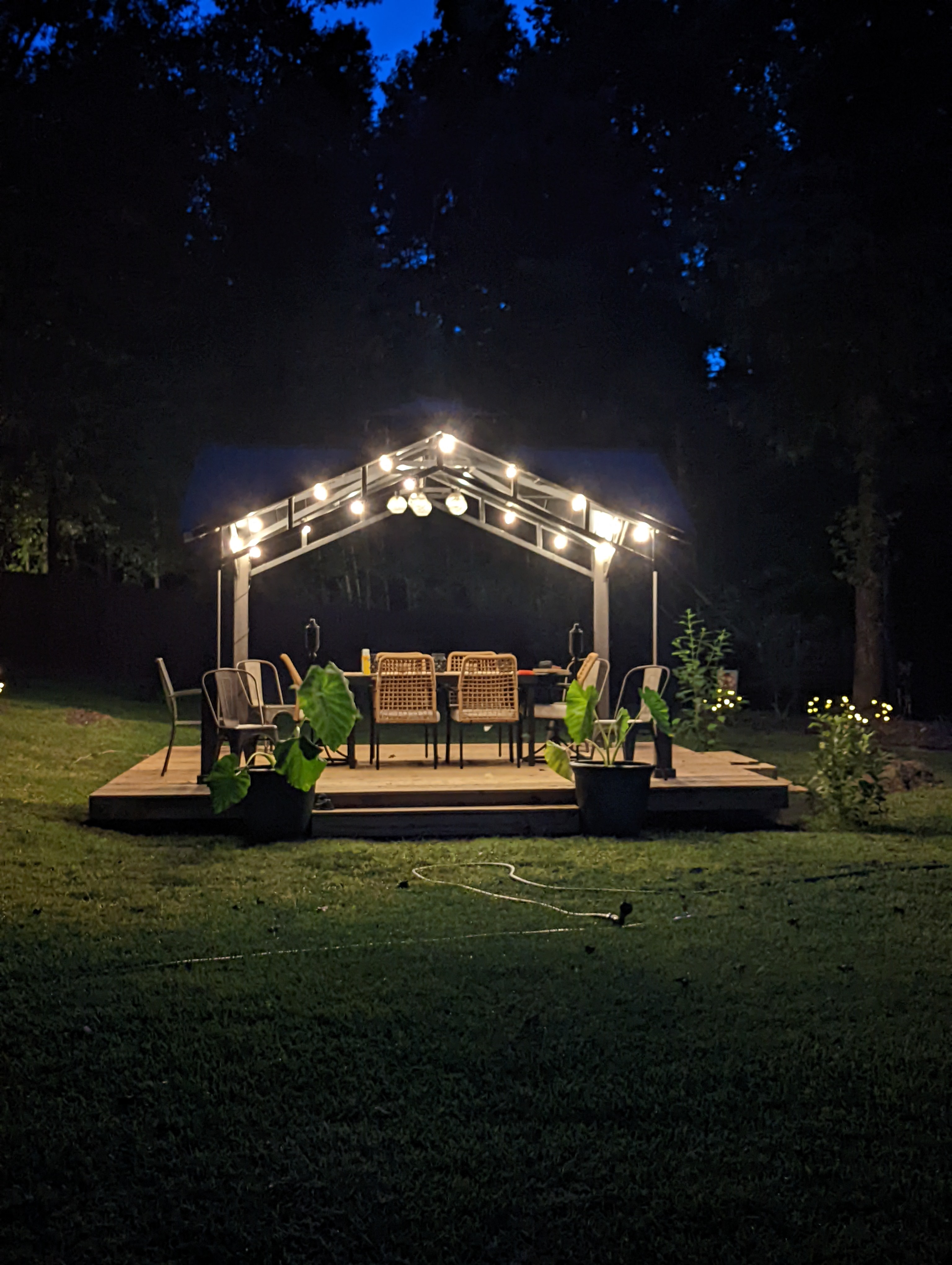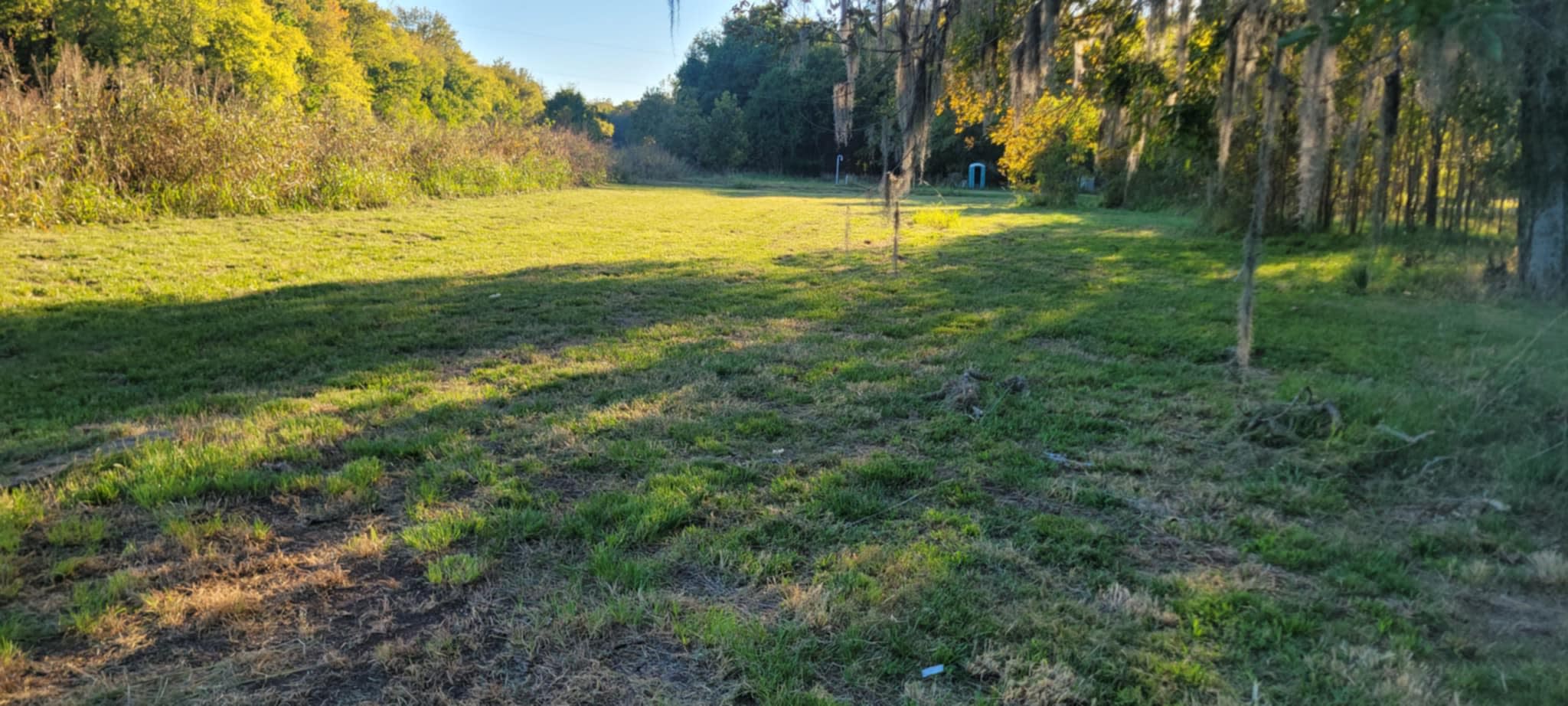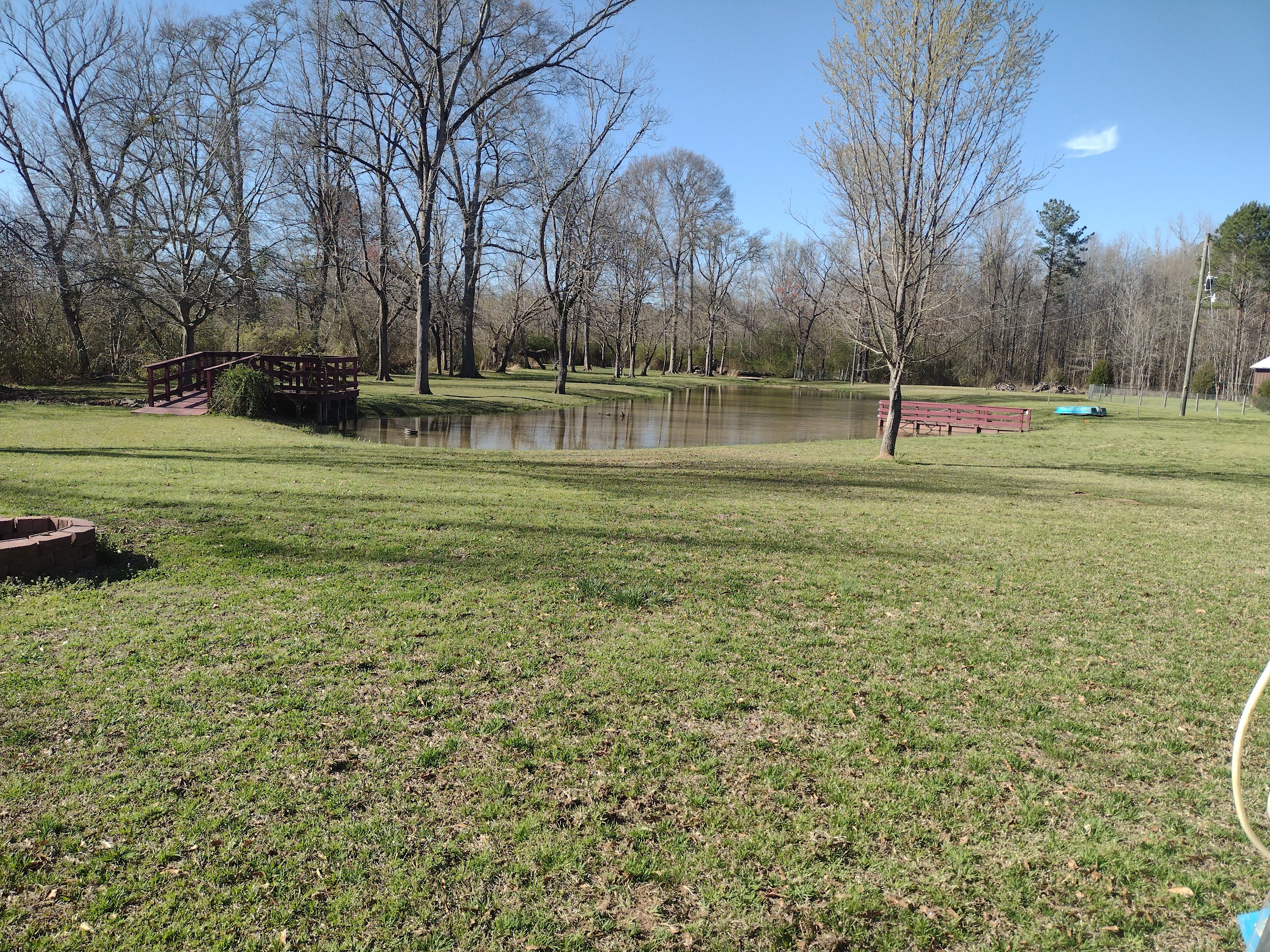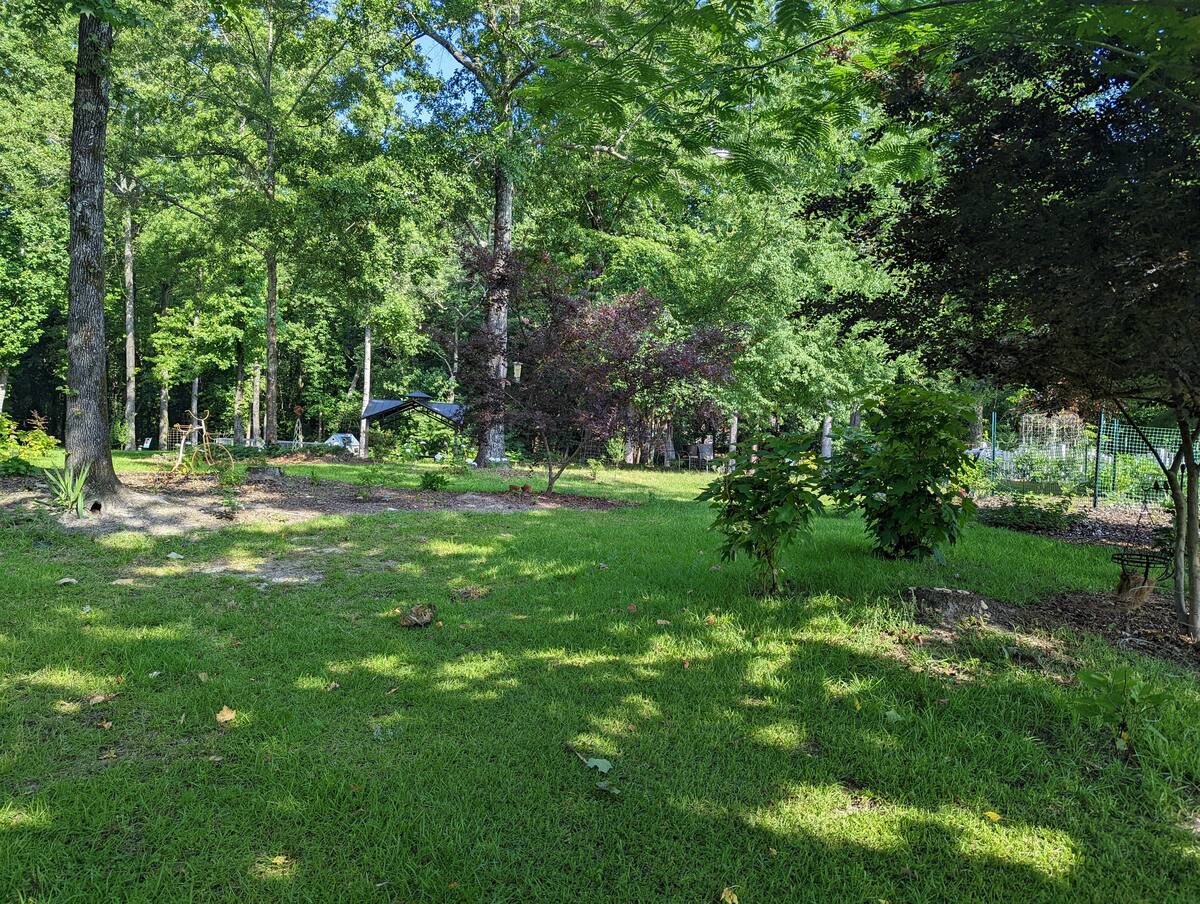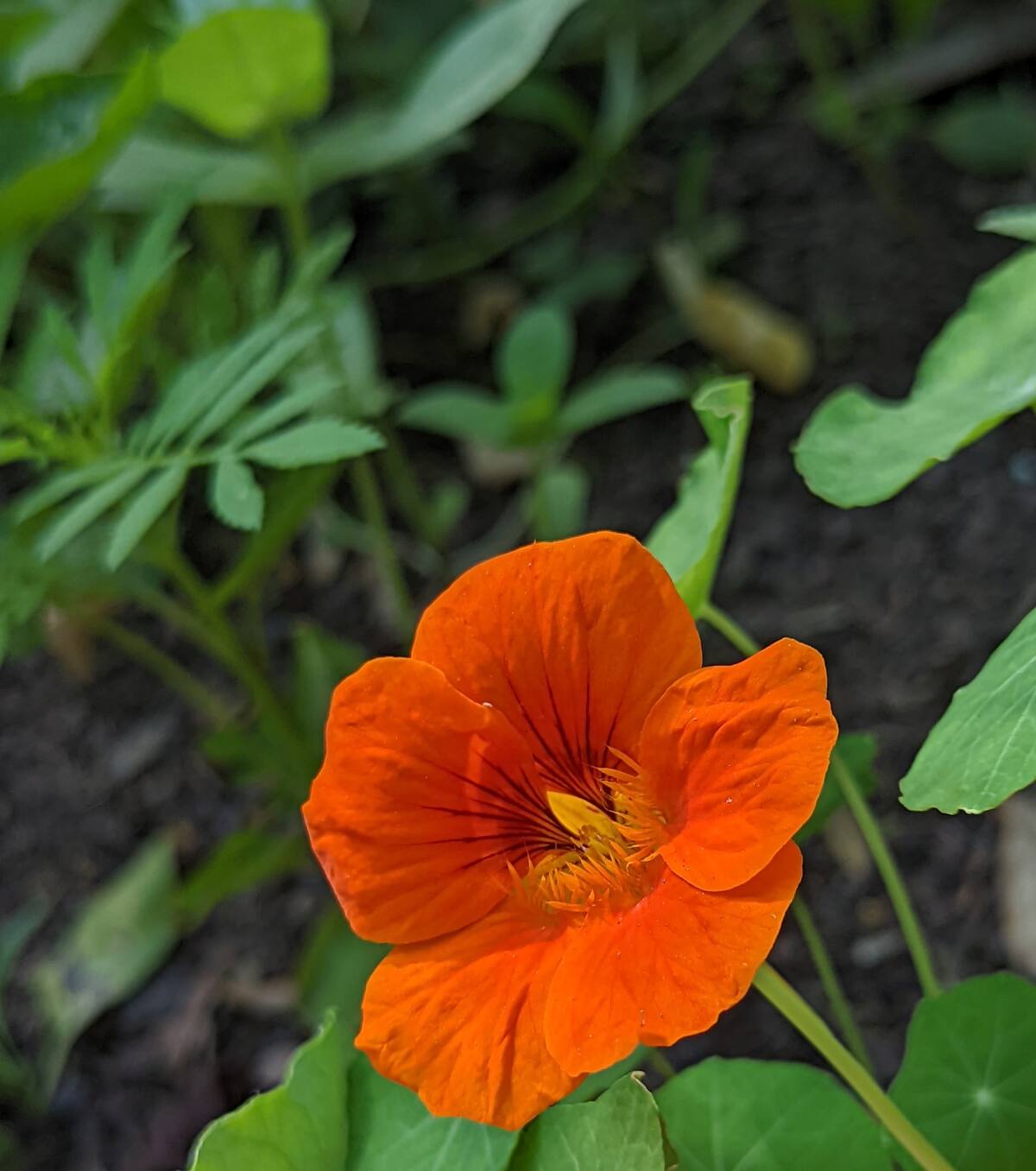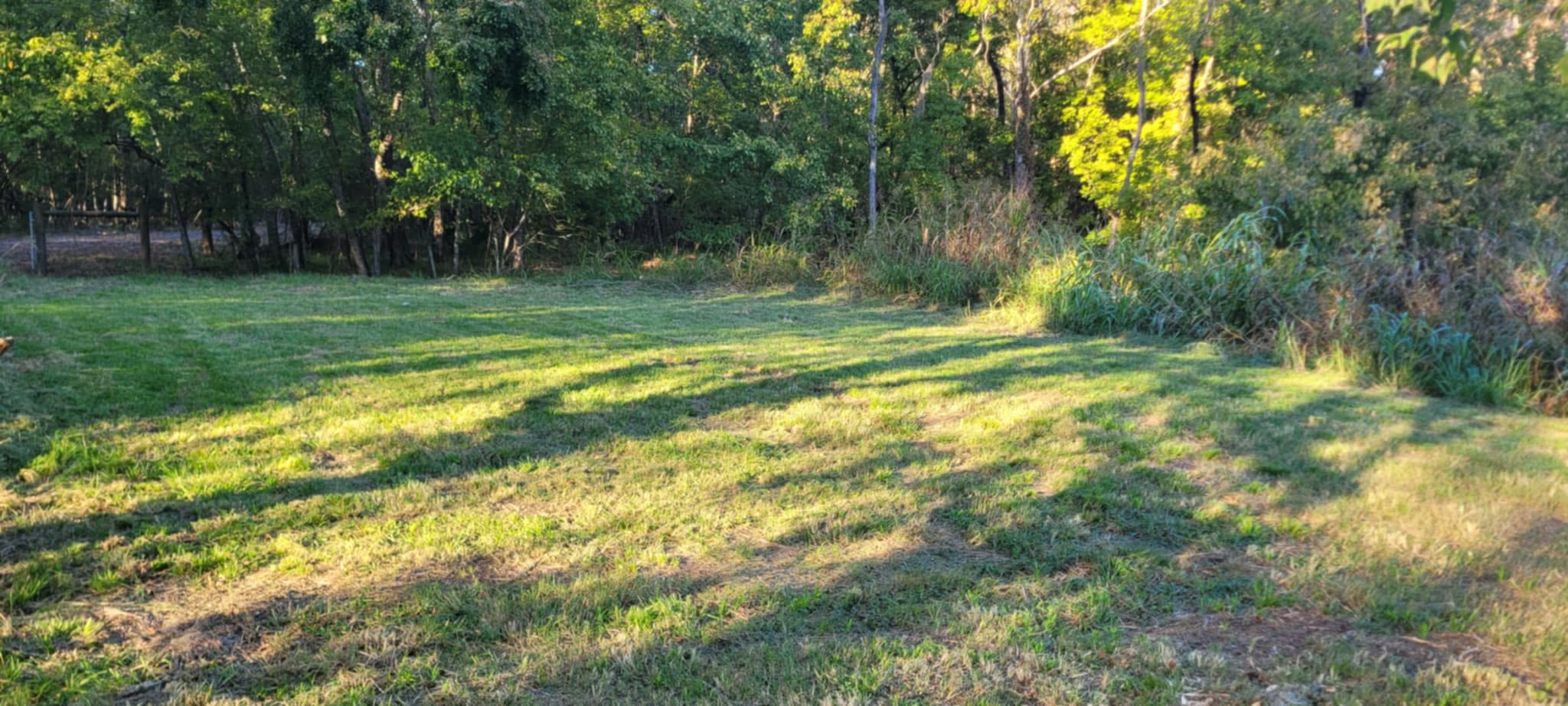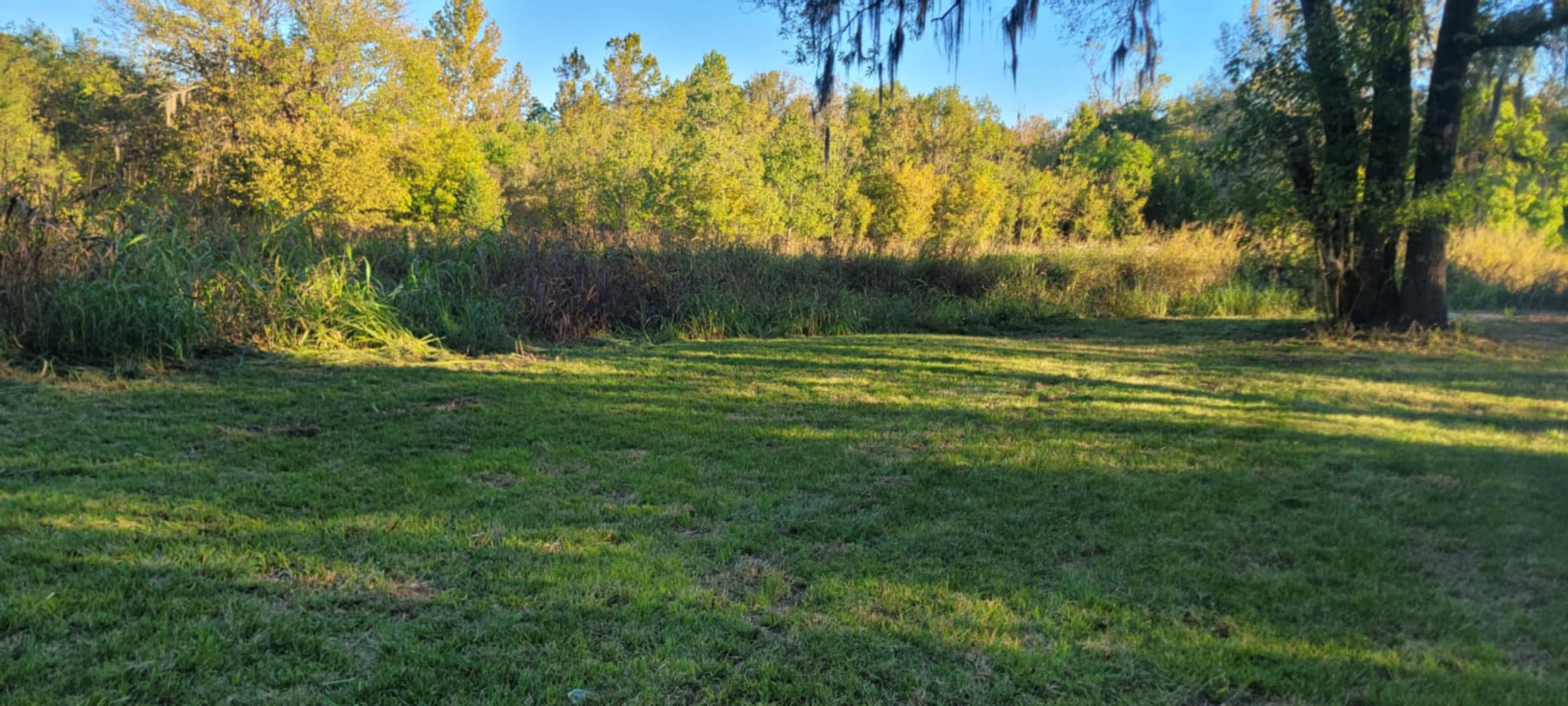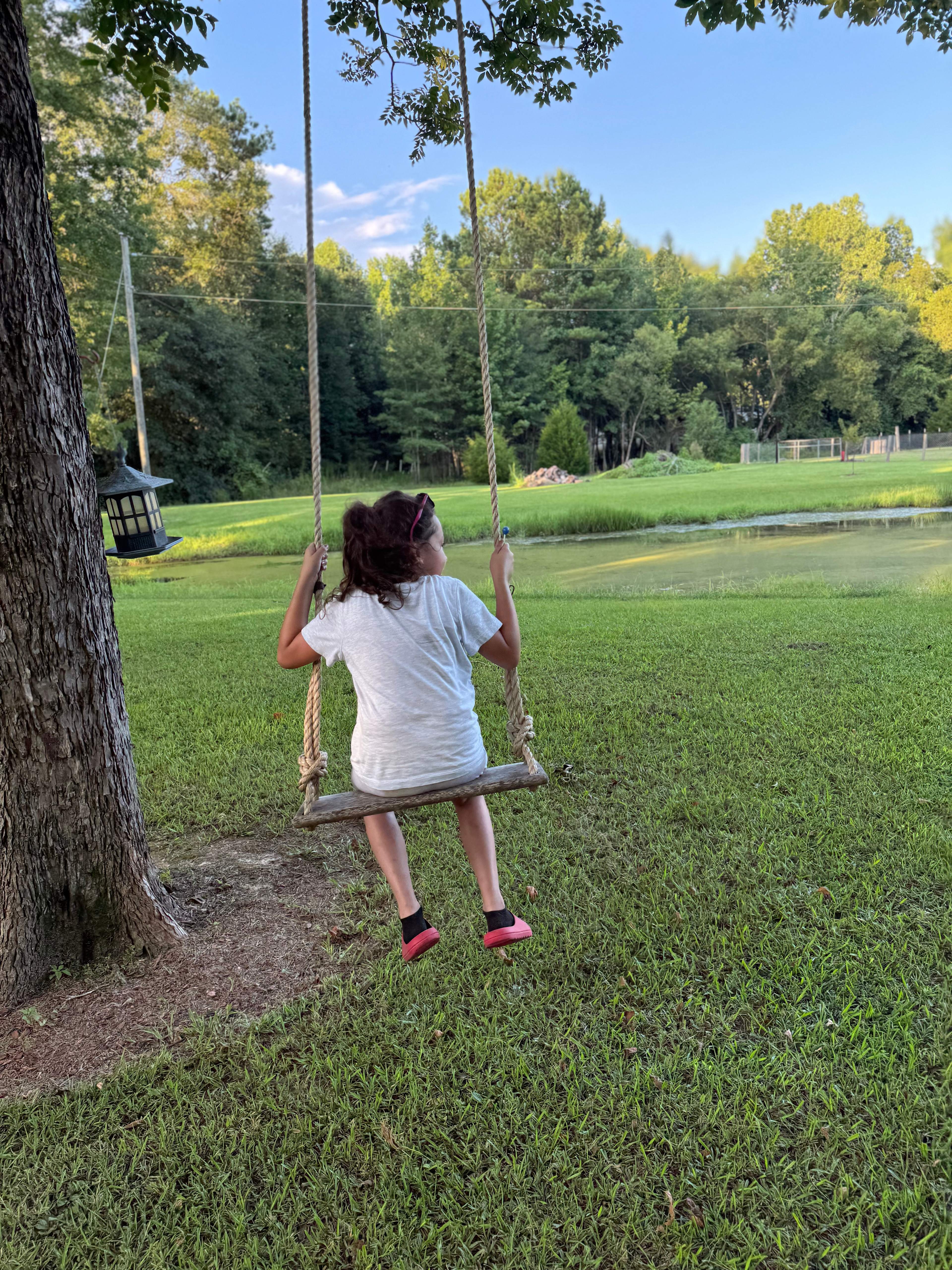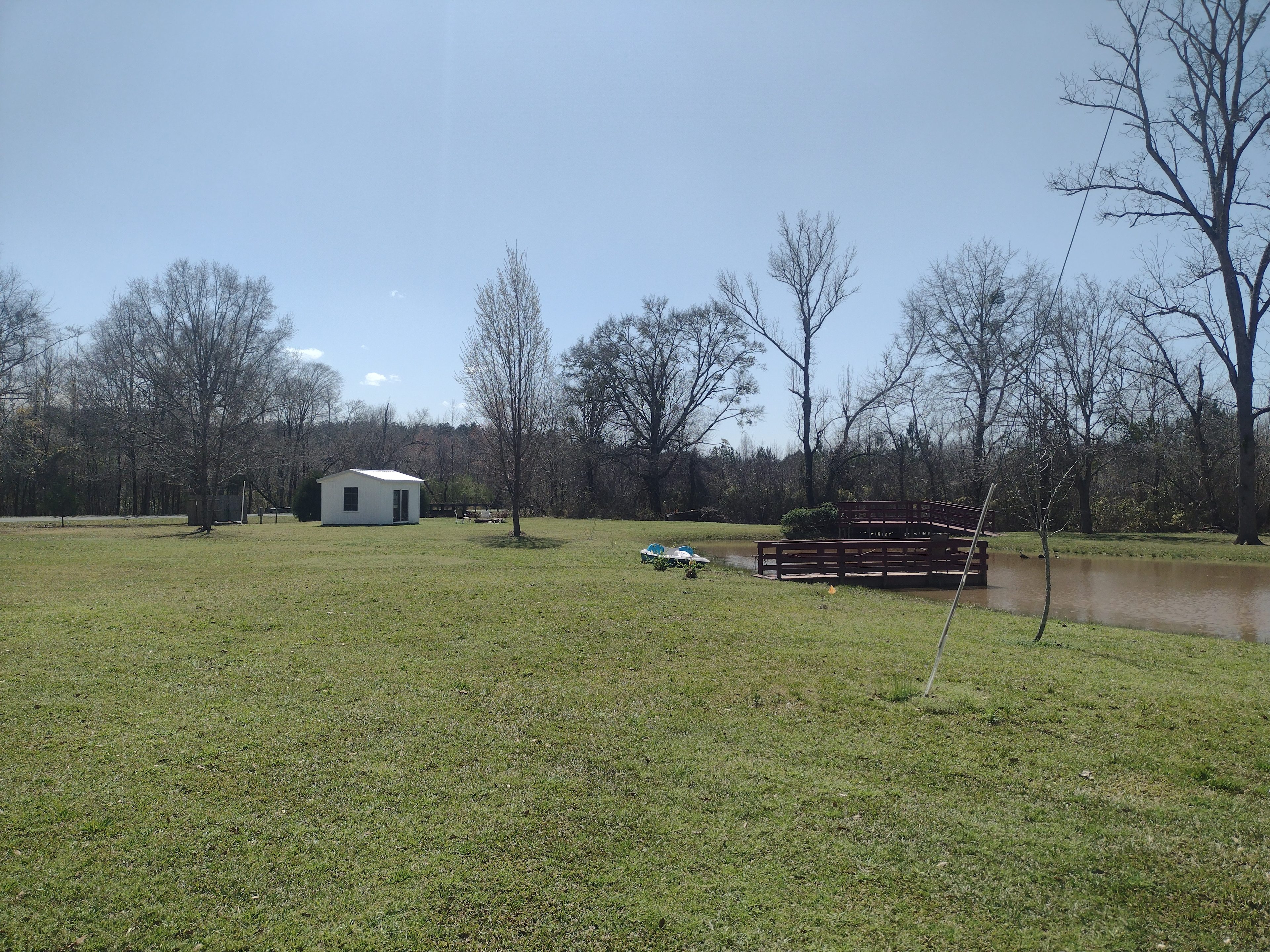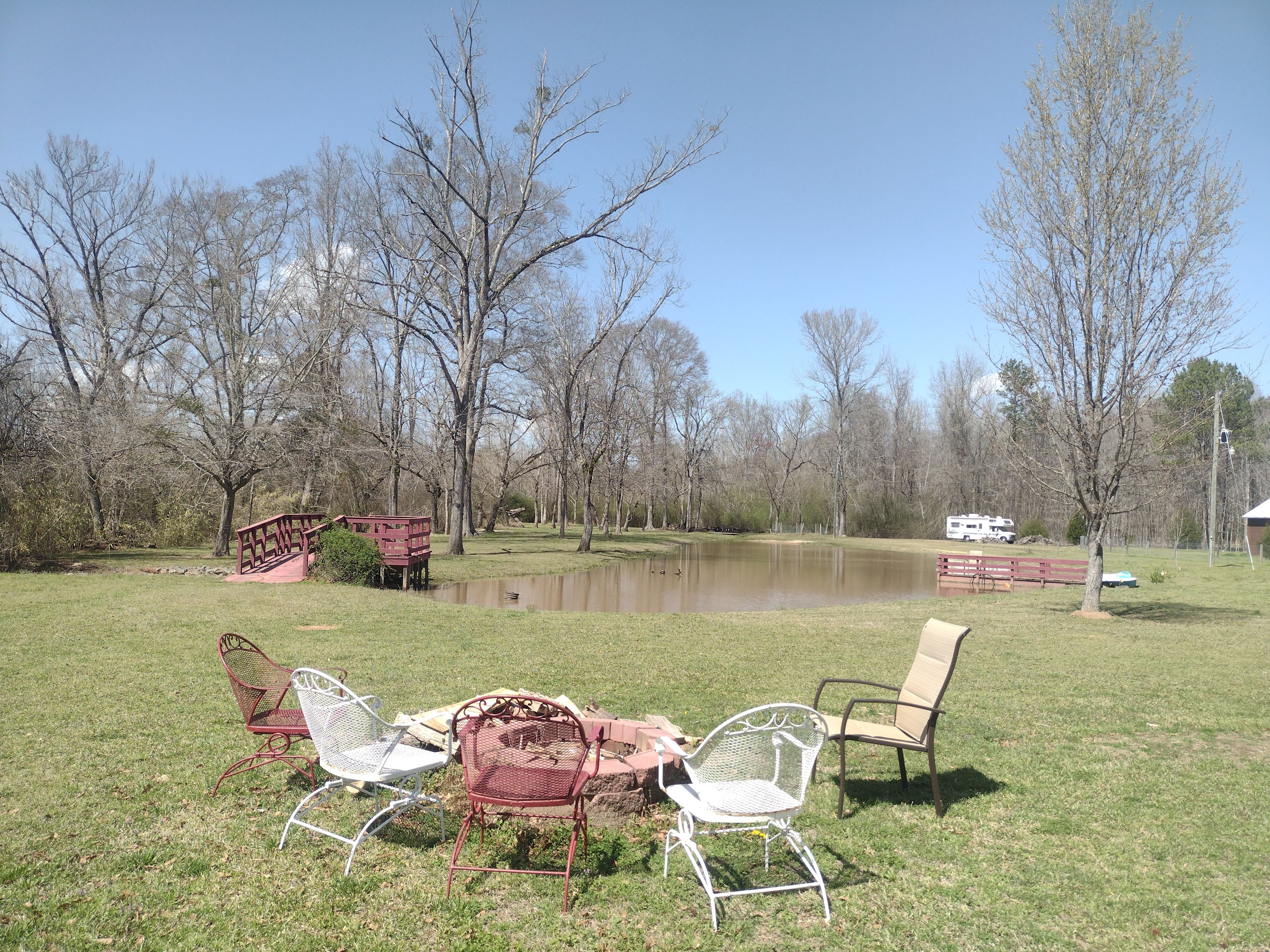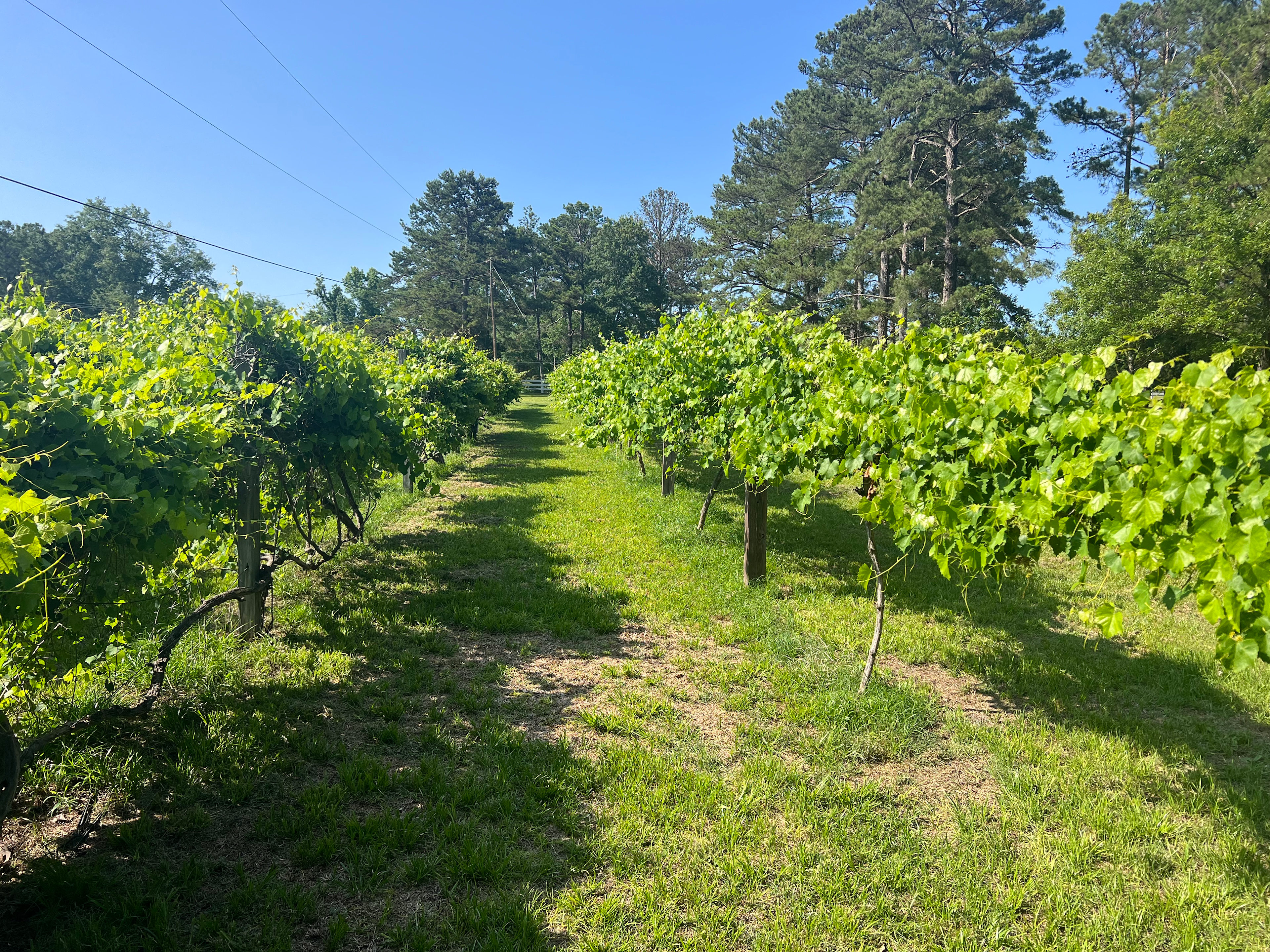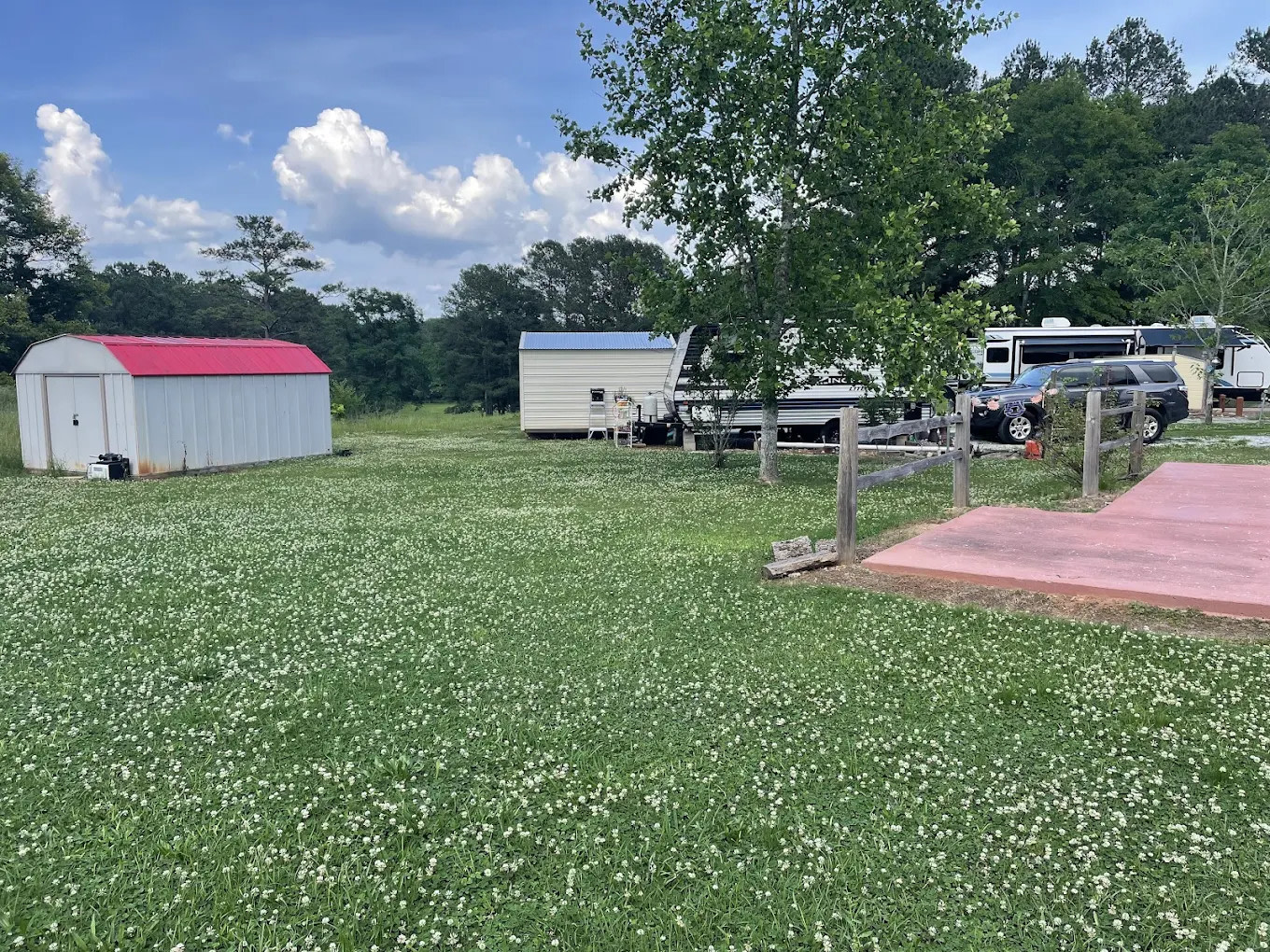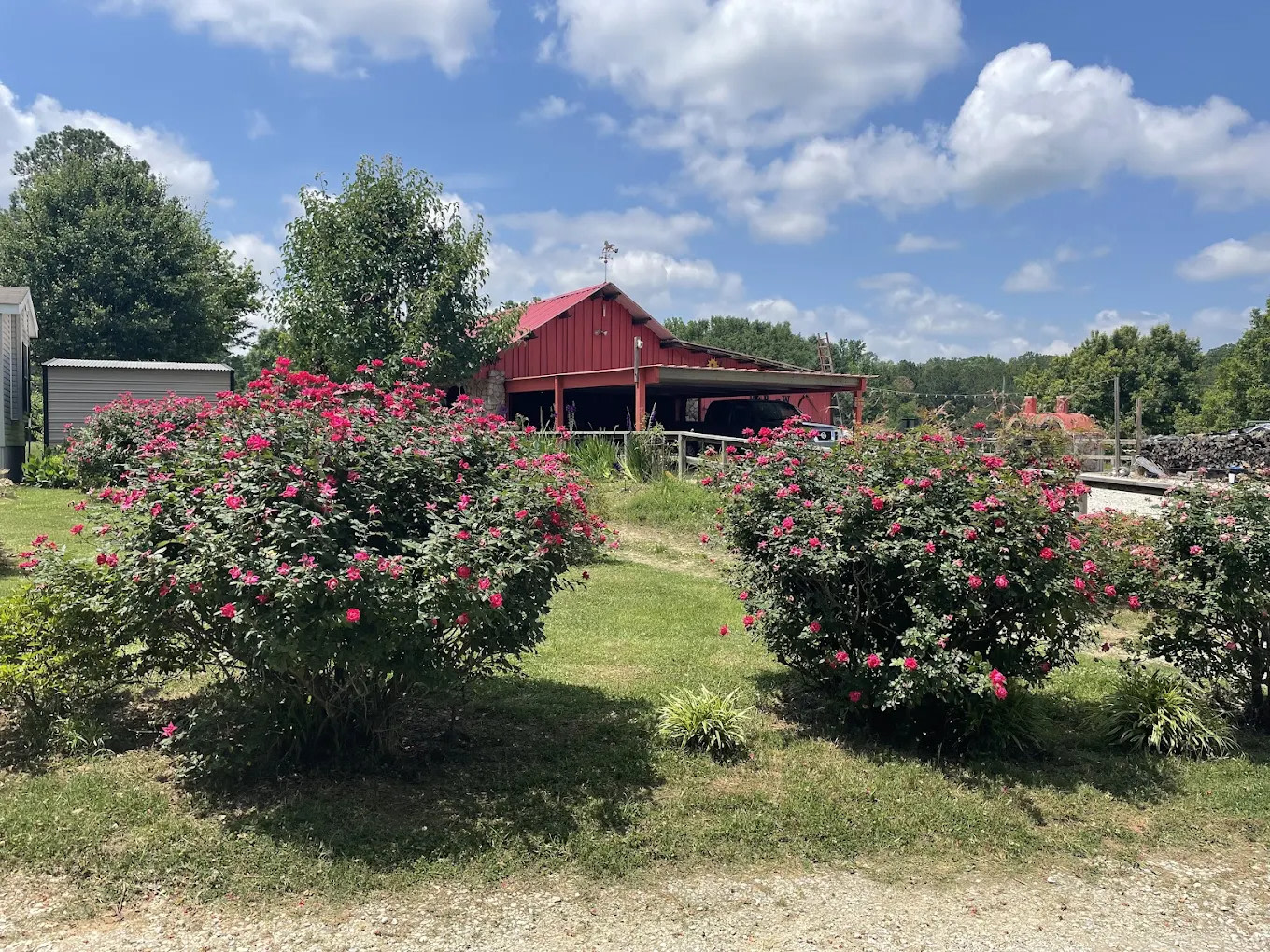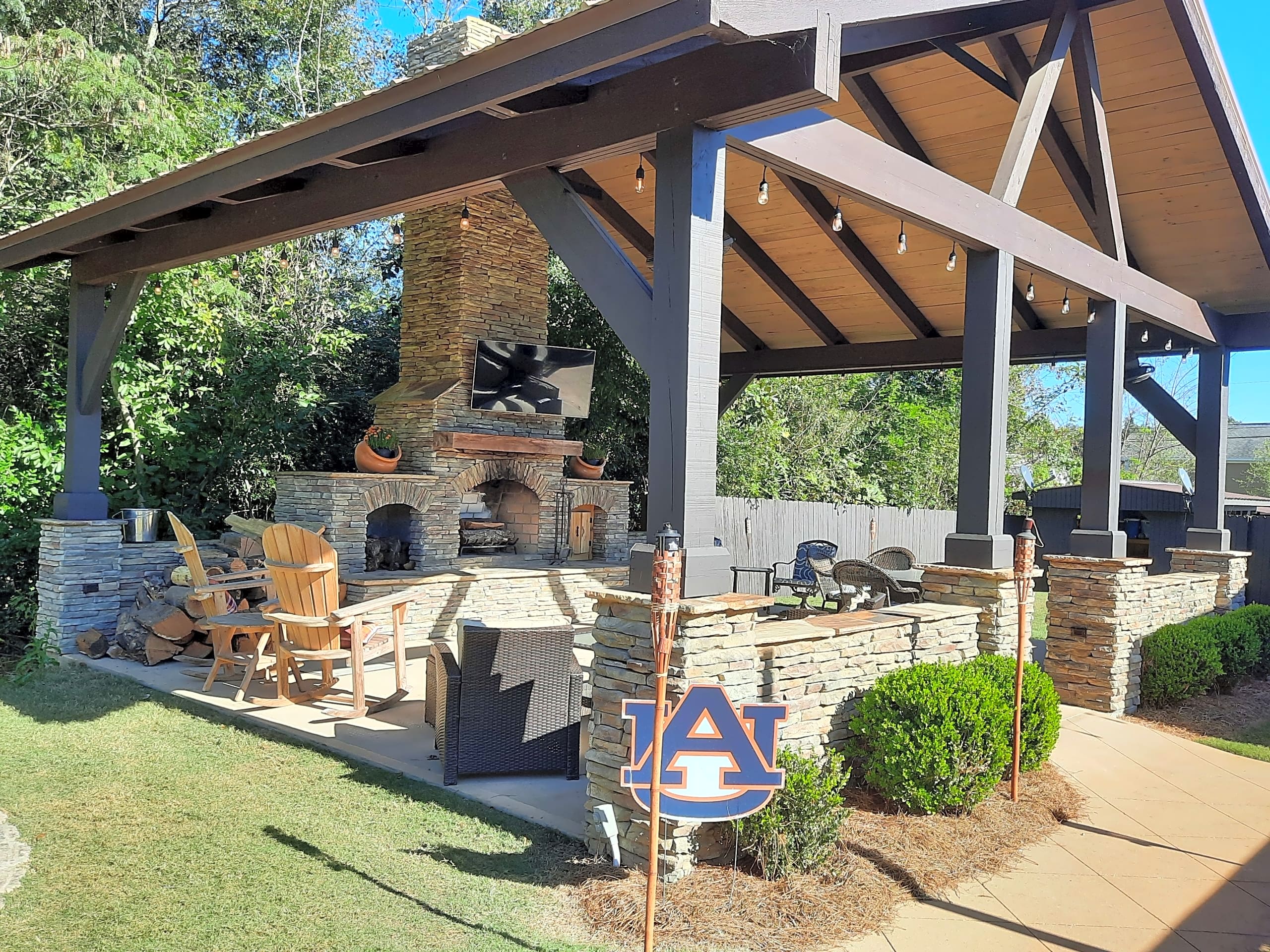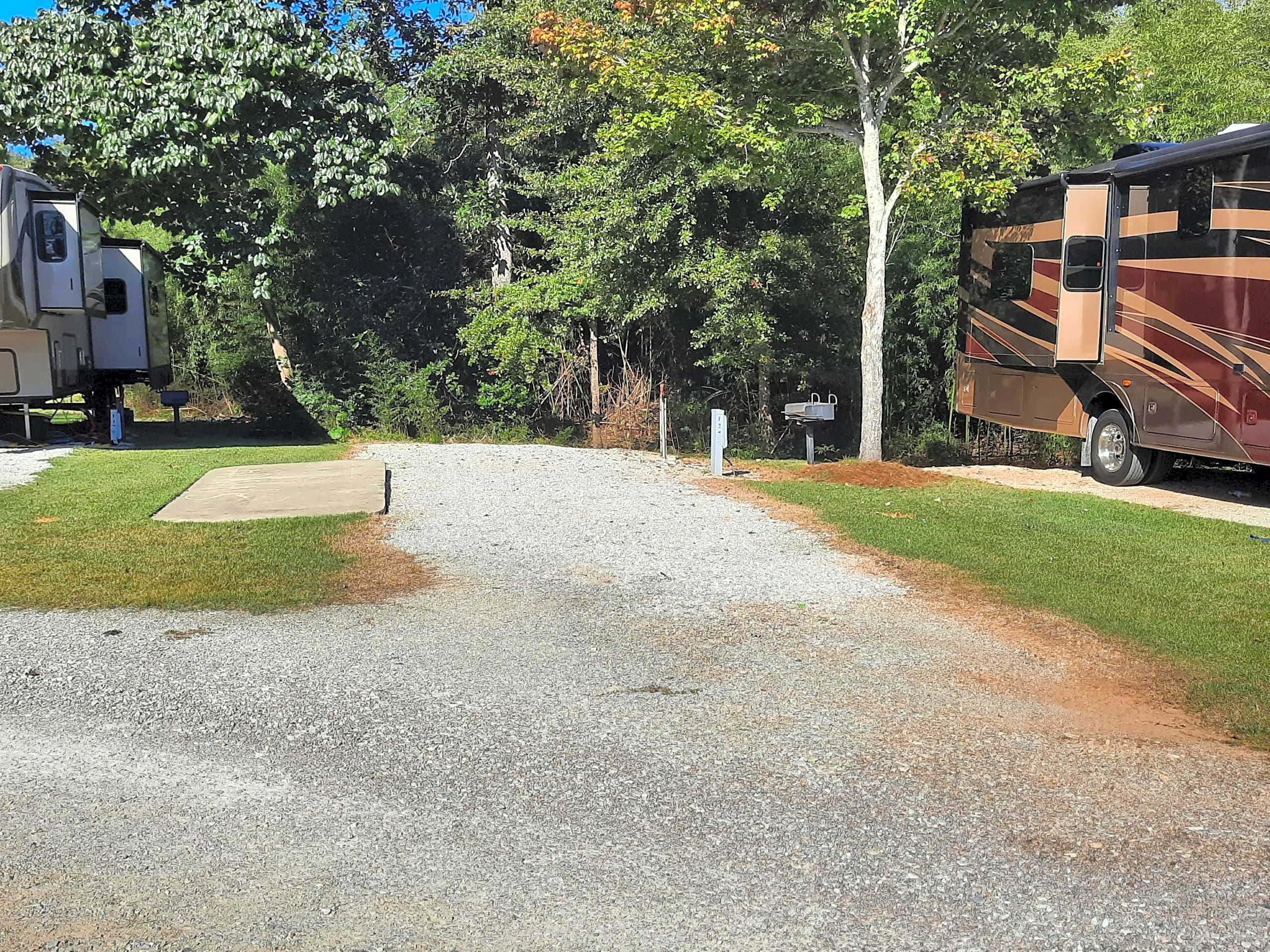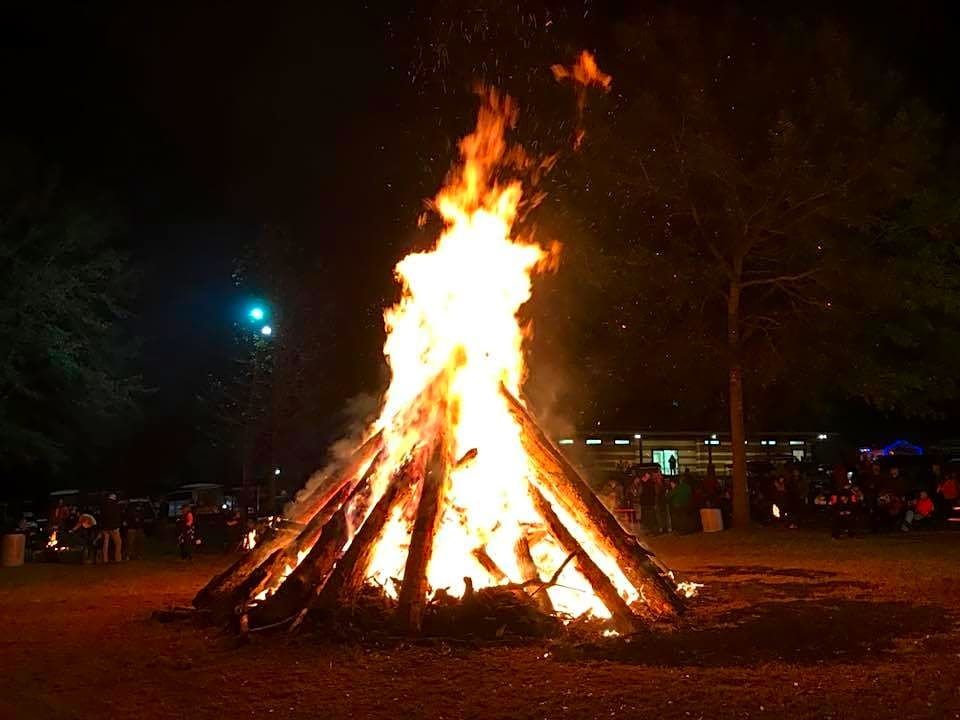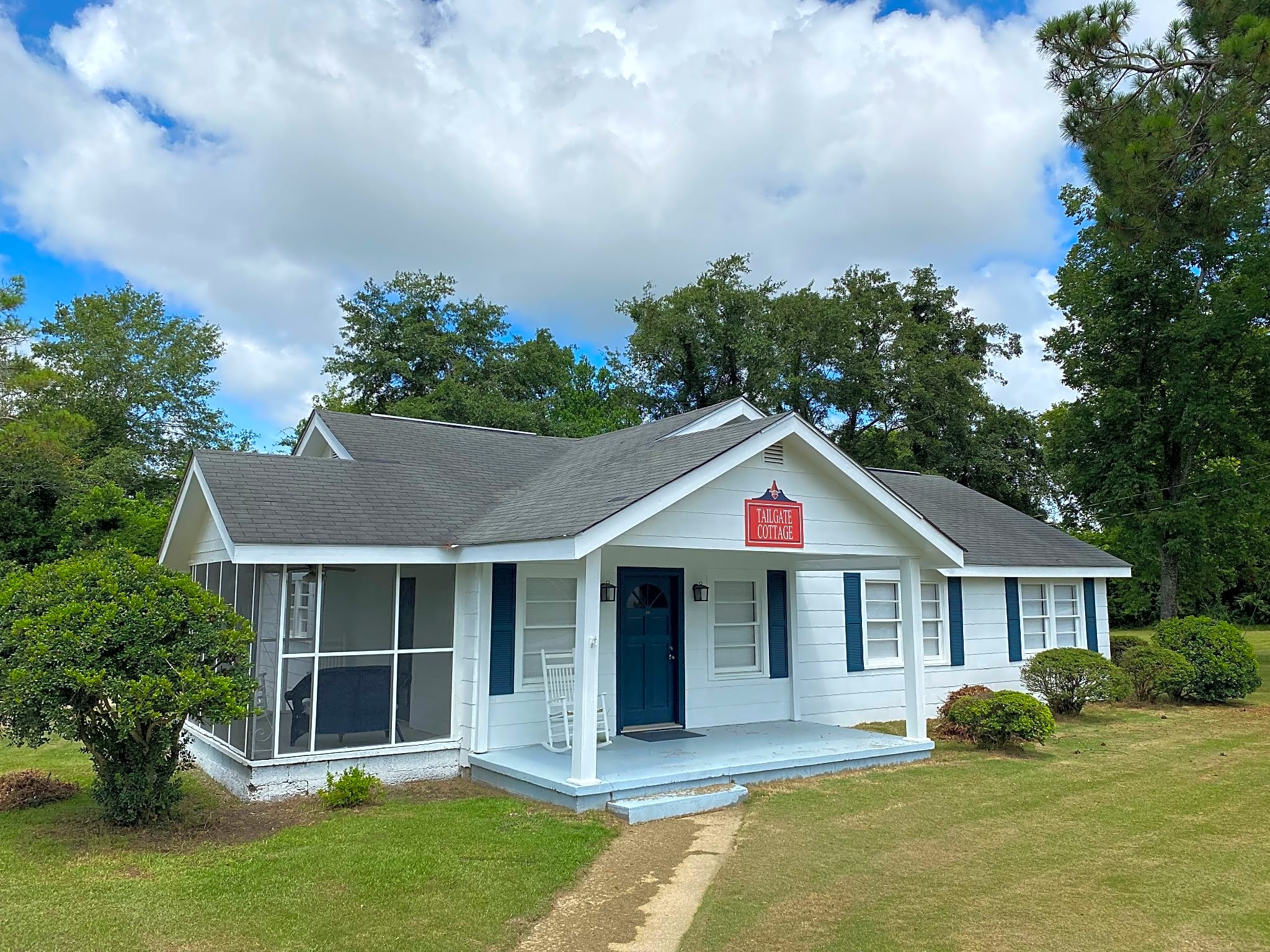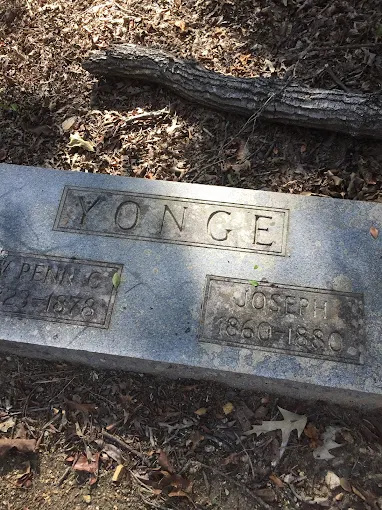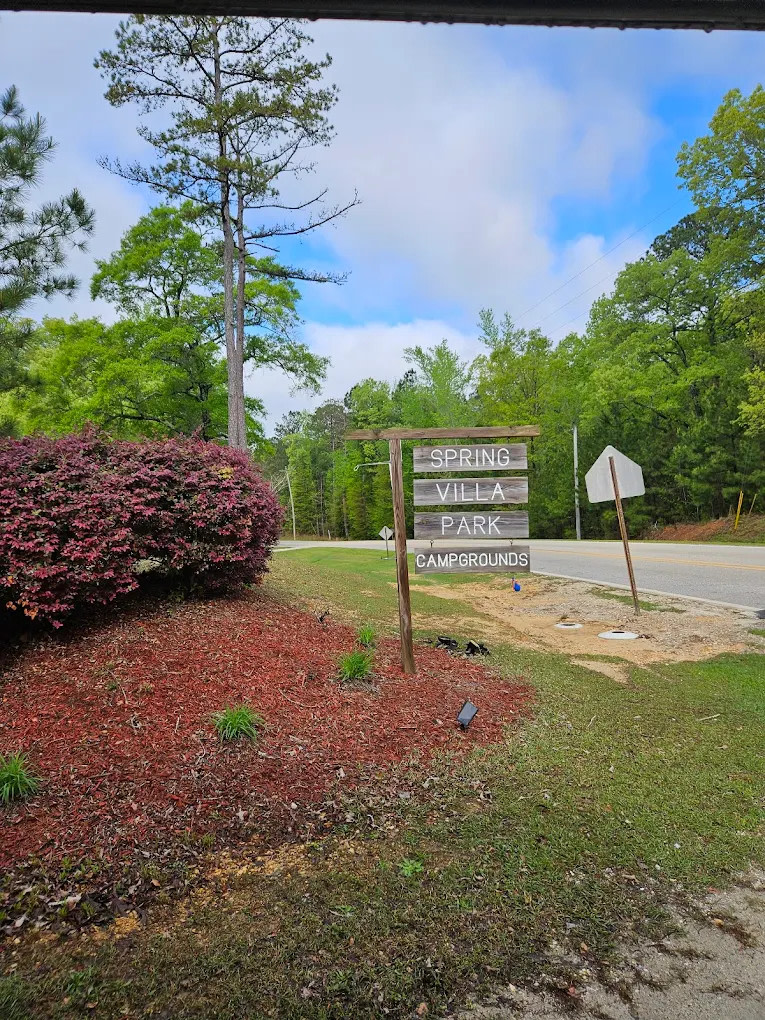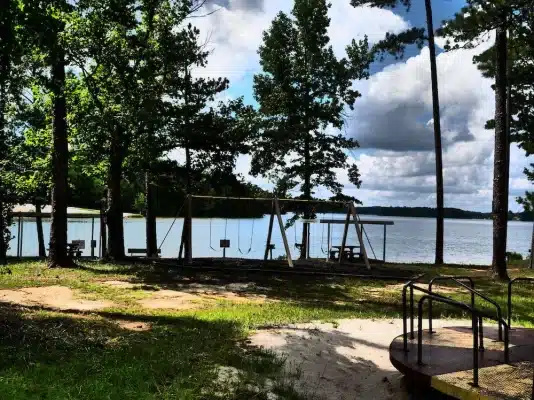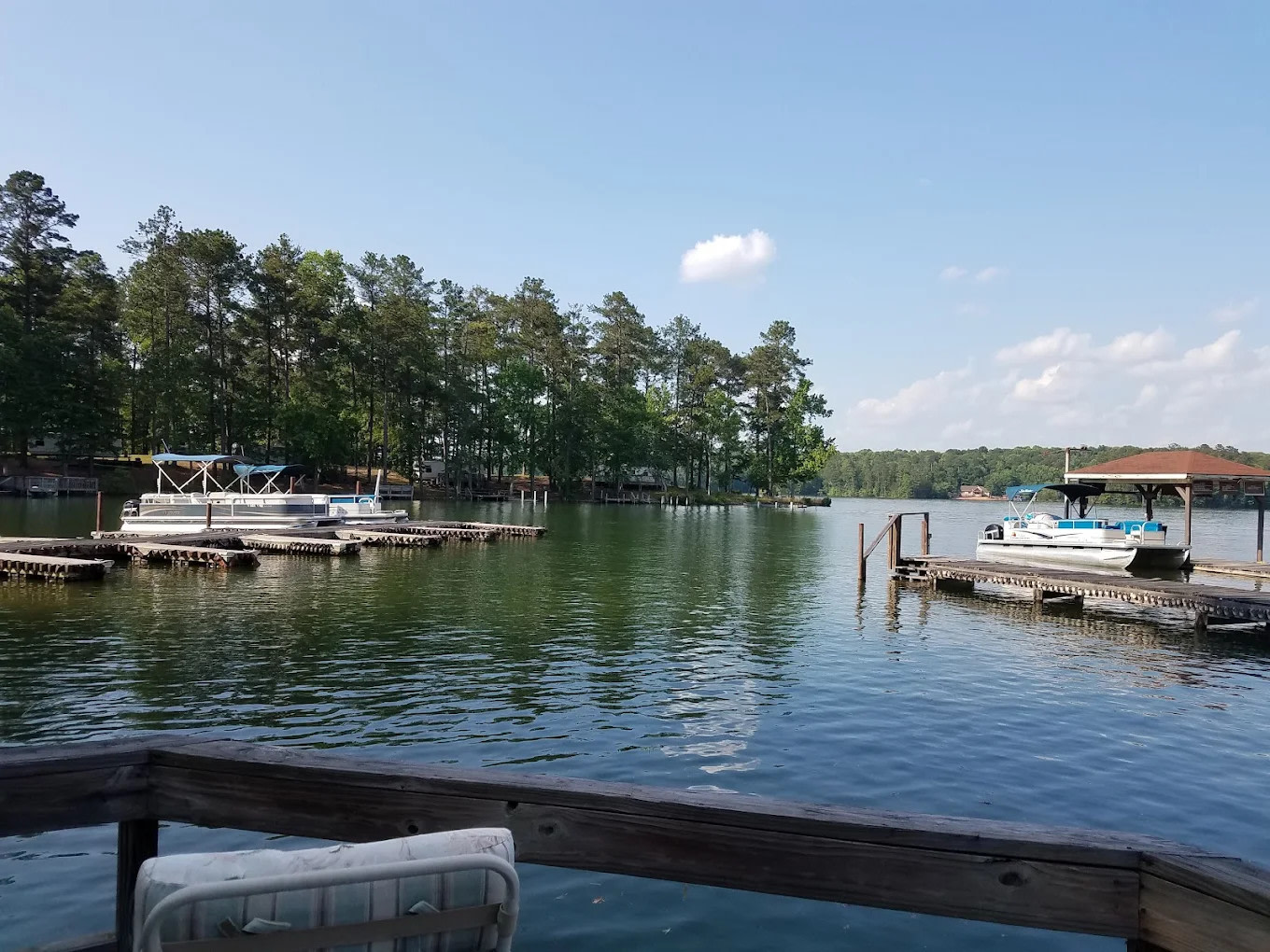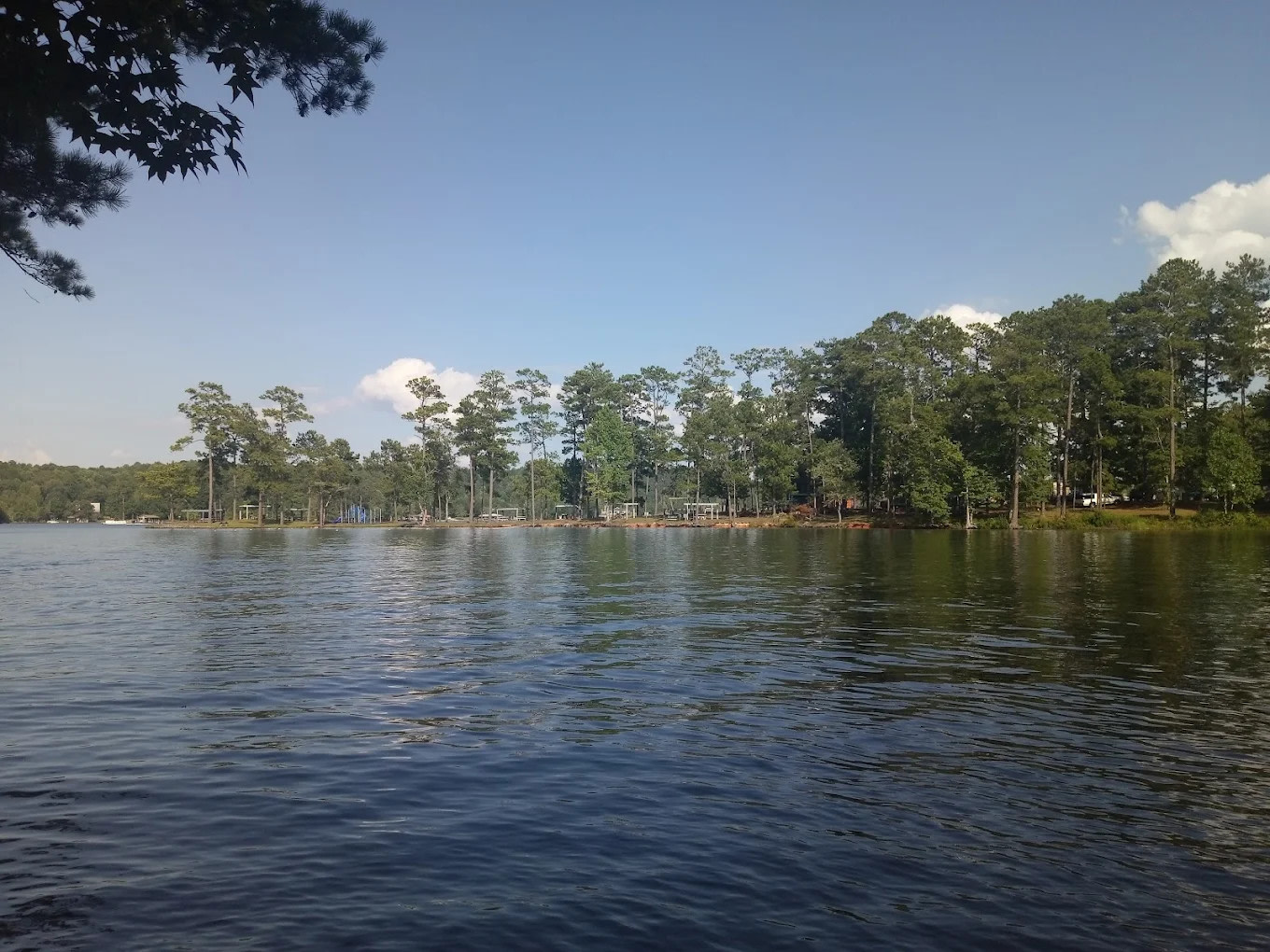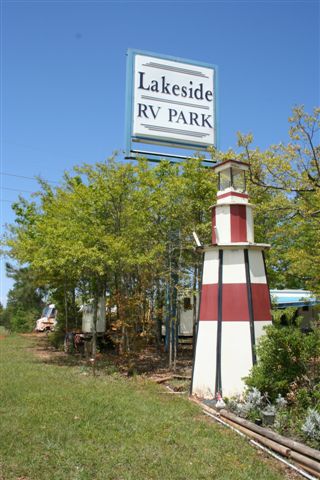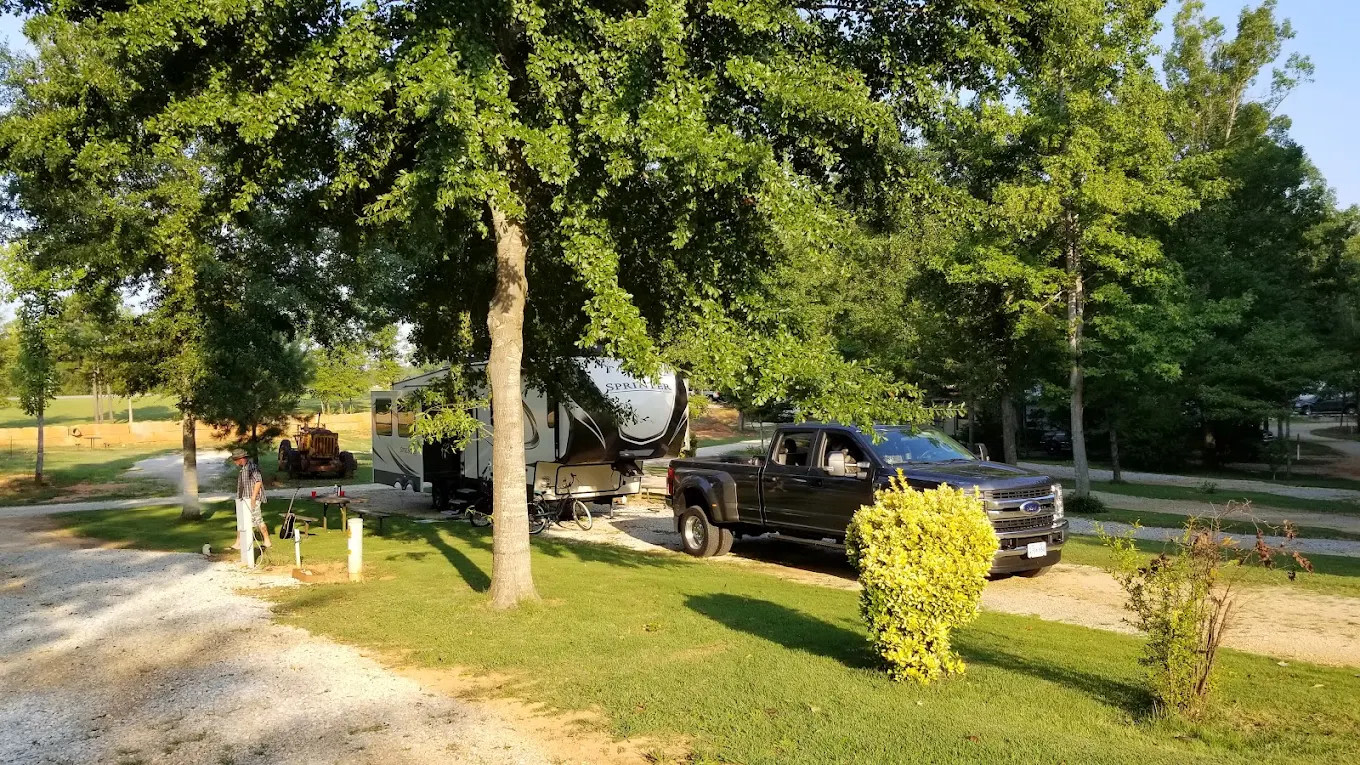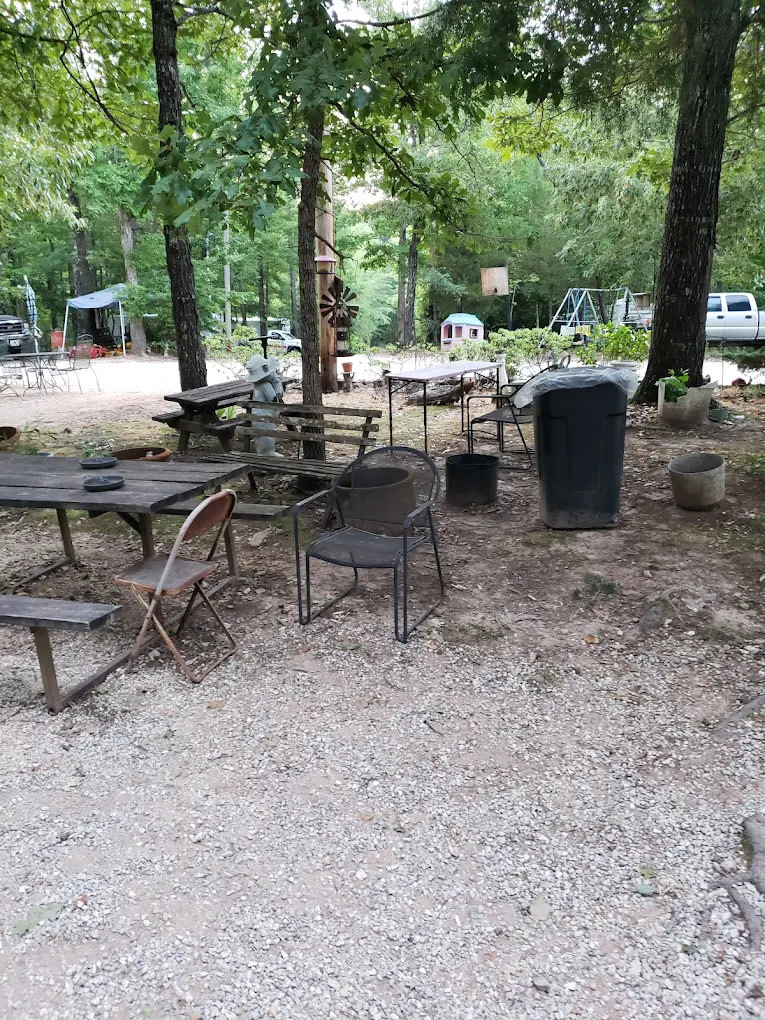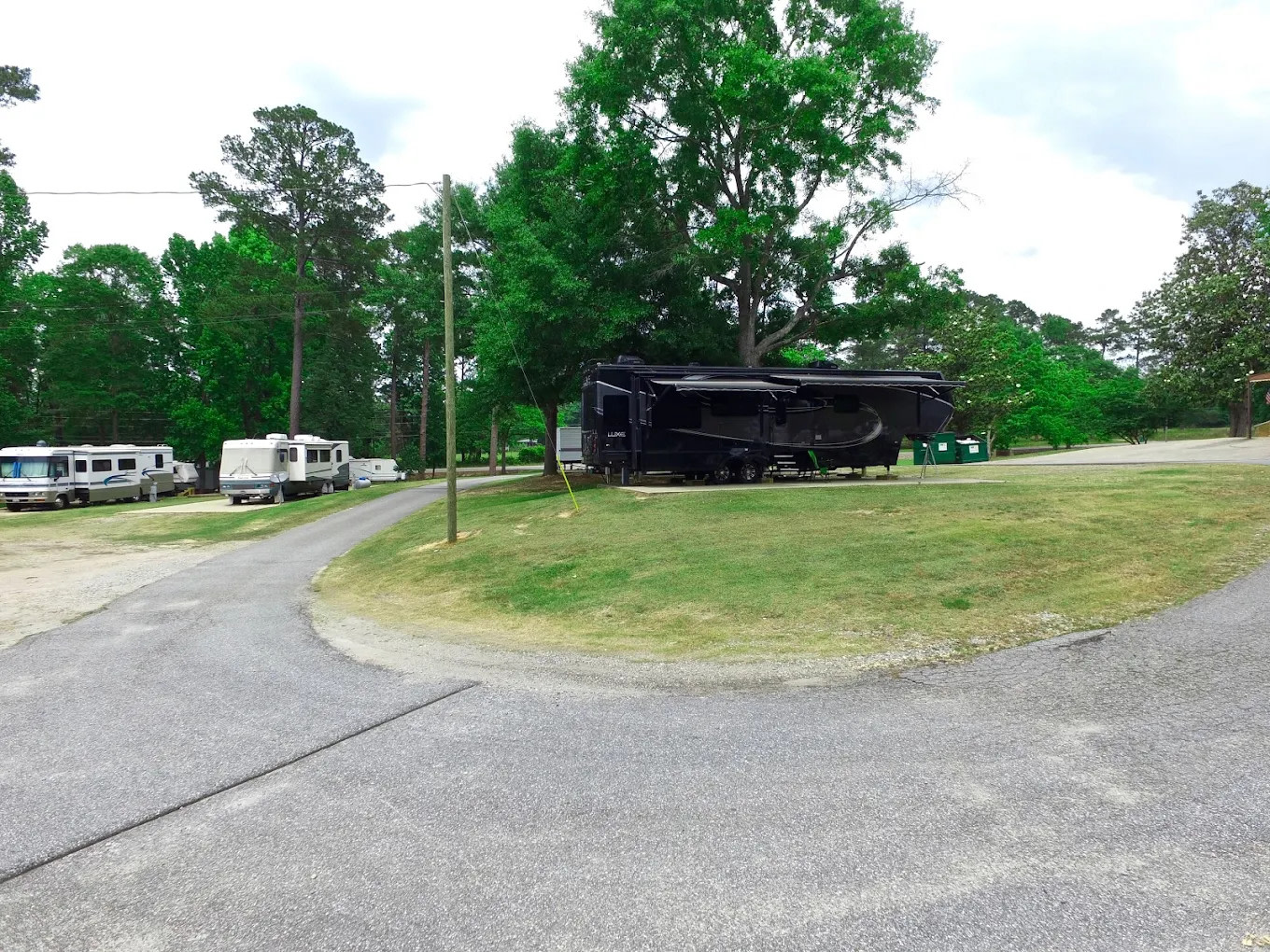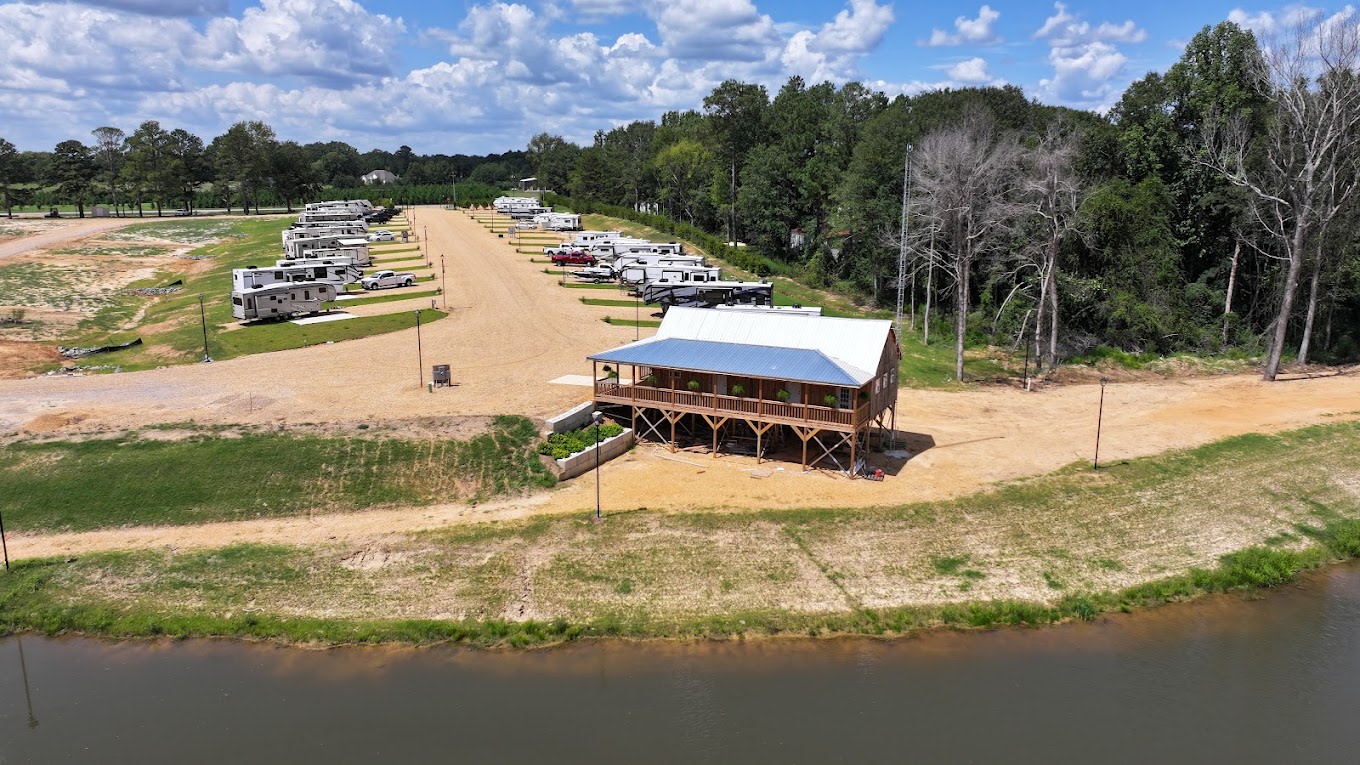- Tuskegee Institute National Historic Site
The best camping in Tuskegee Institute National Historic Site, AL
The best camping in Tuskegee Institute National Historic Site, AL
Discover the most magical spots to pitch your tent or park your rig on your next Tuskegee Institute National Historic Site adventure.
Camper favorites near Tuskegee Institute National Historic Site
Top-rated campgrounds reviewed by the Hipcamp community.



Stories from the community
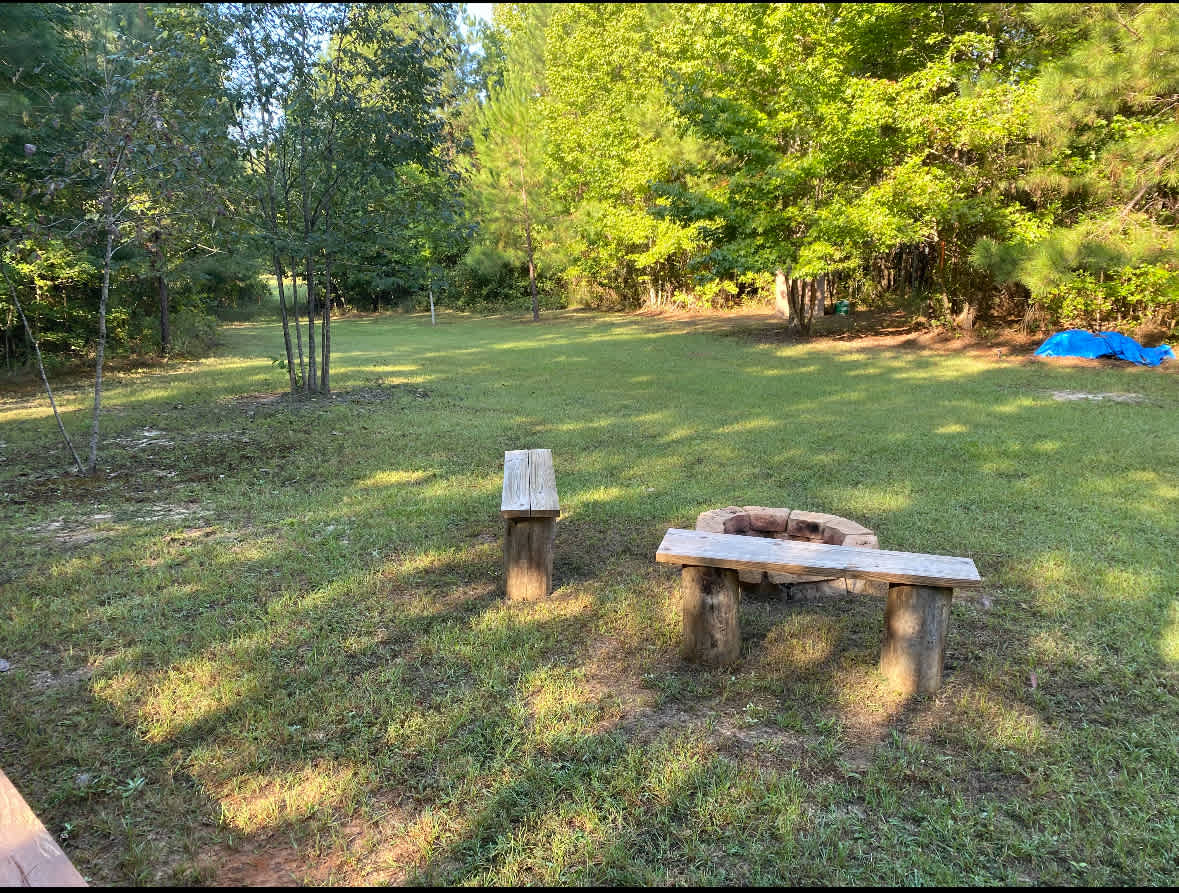
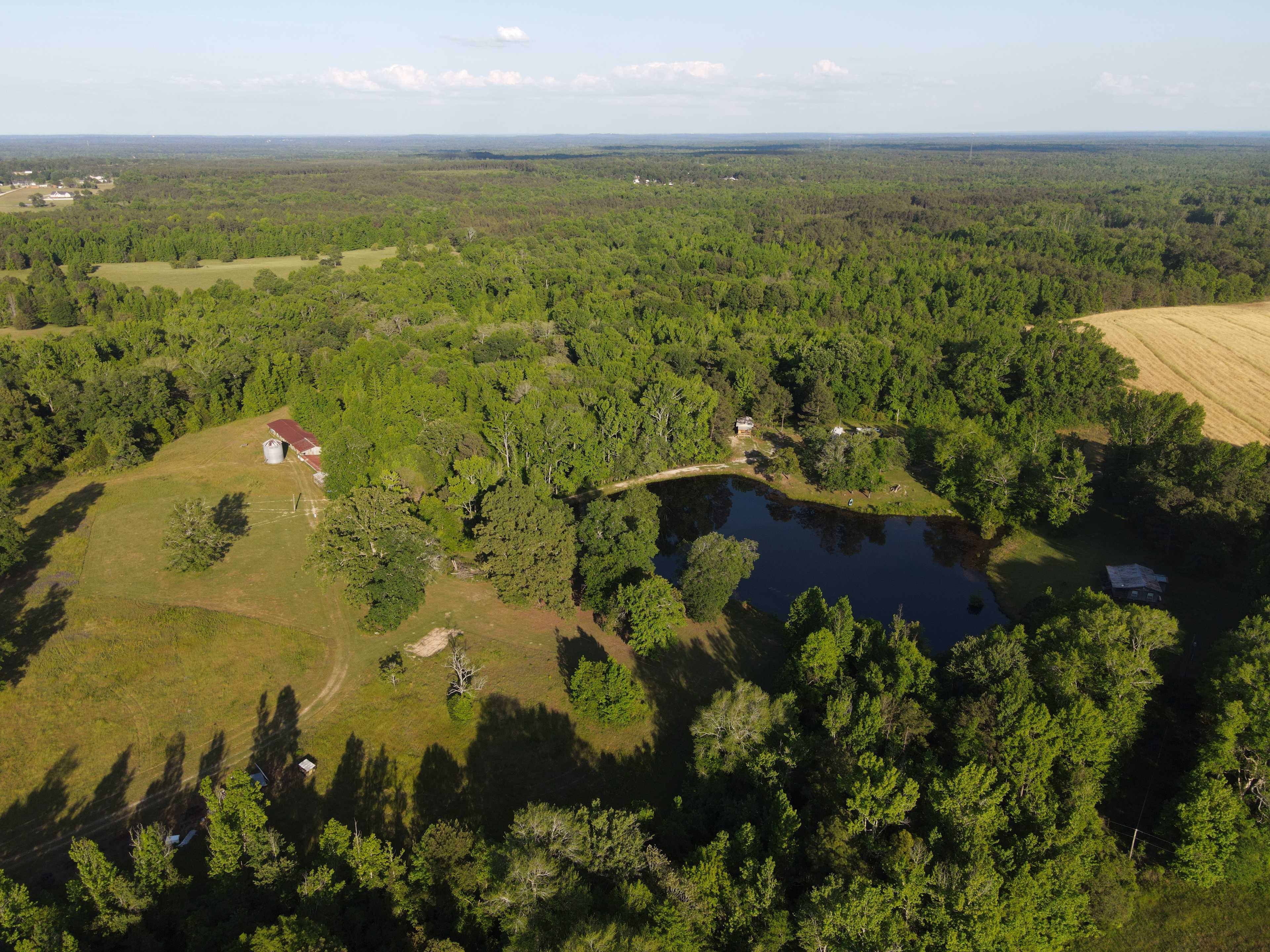
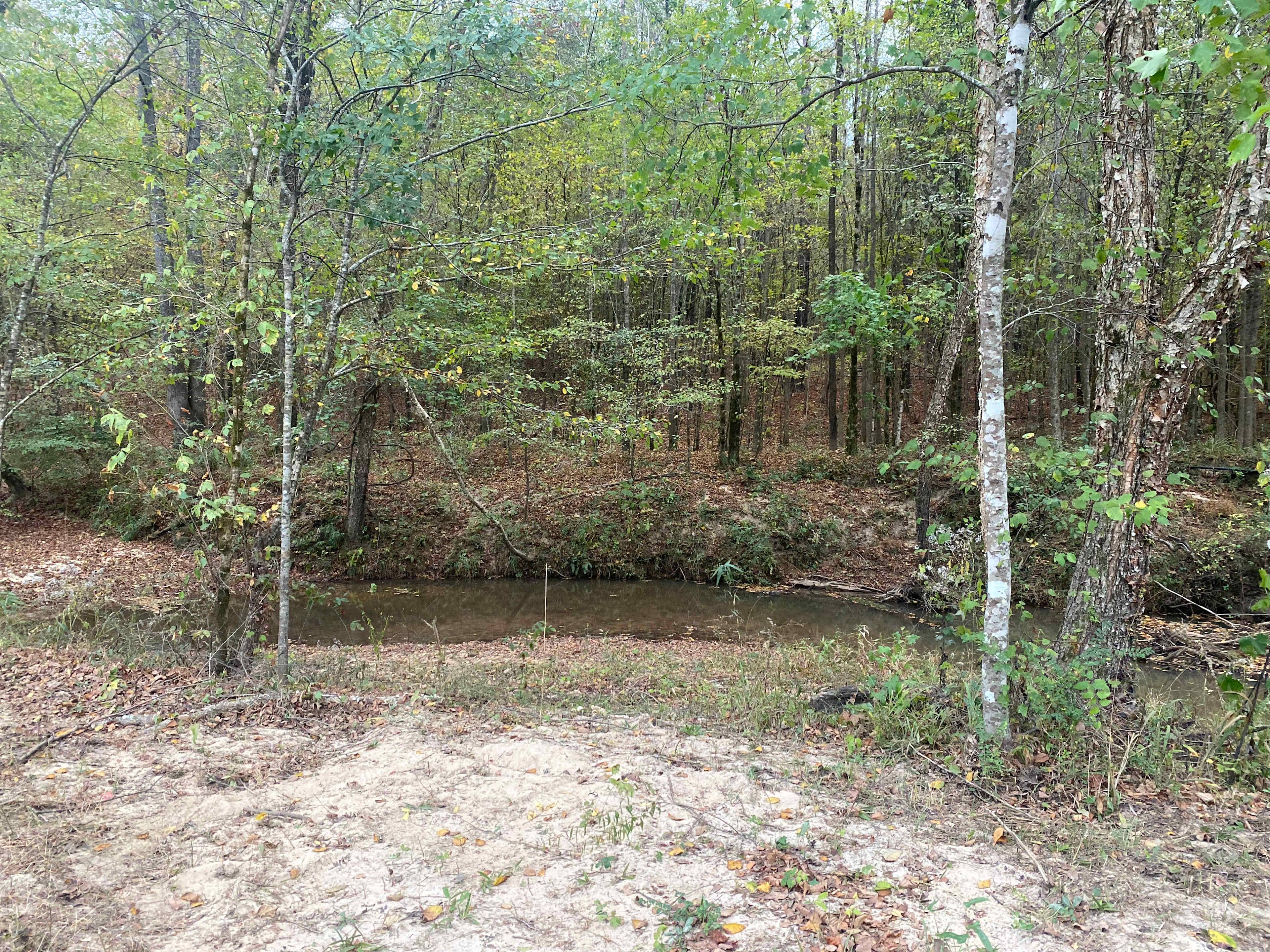
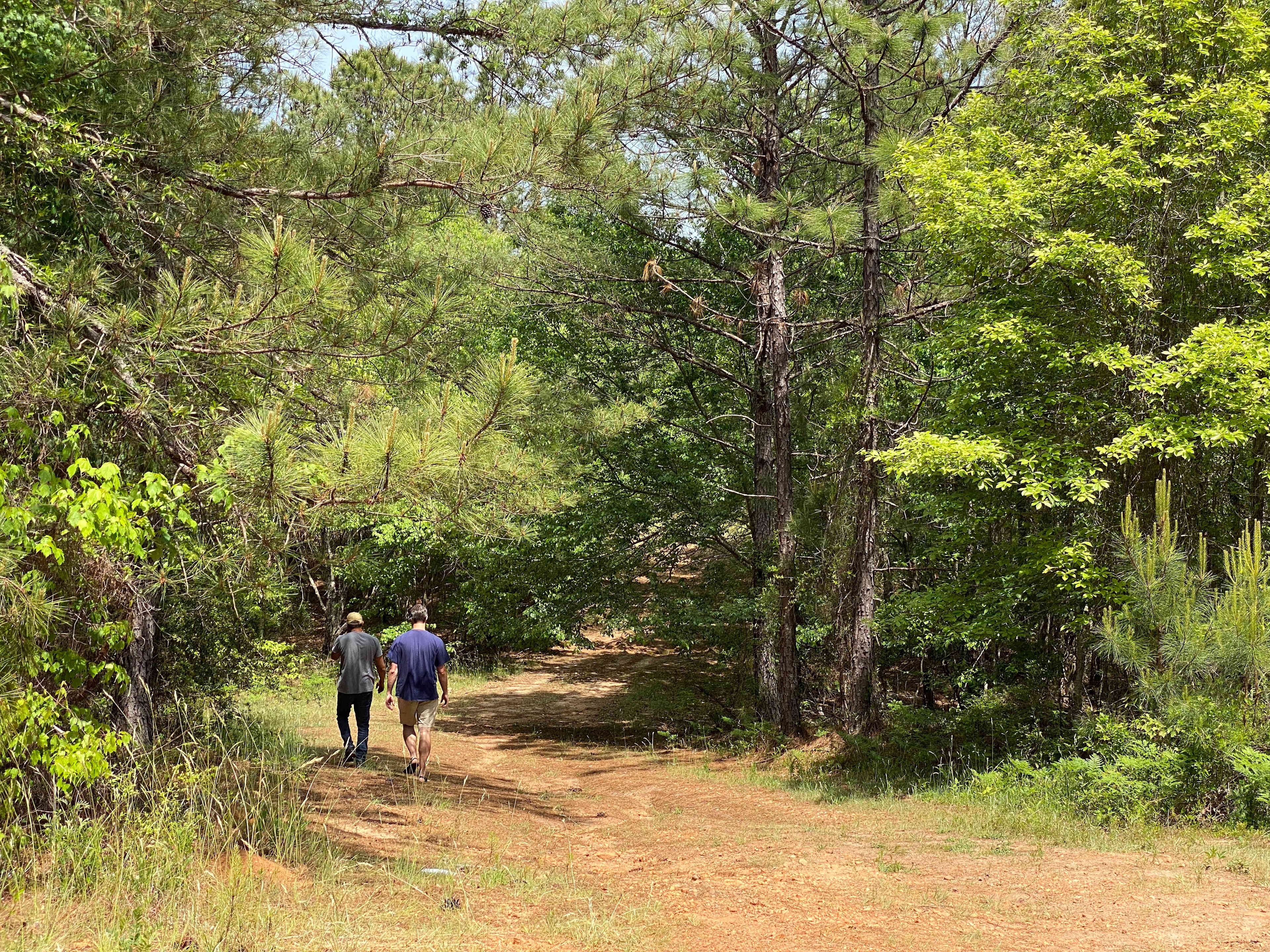





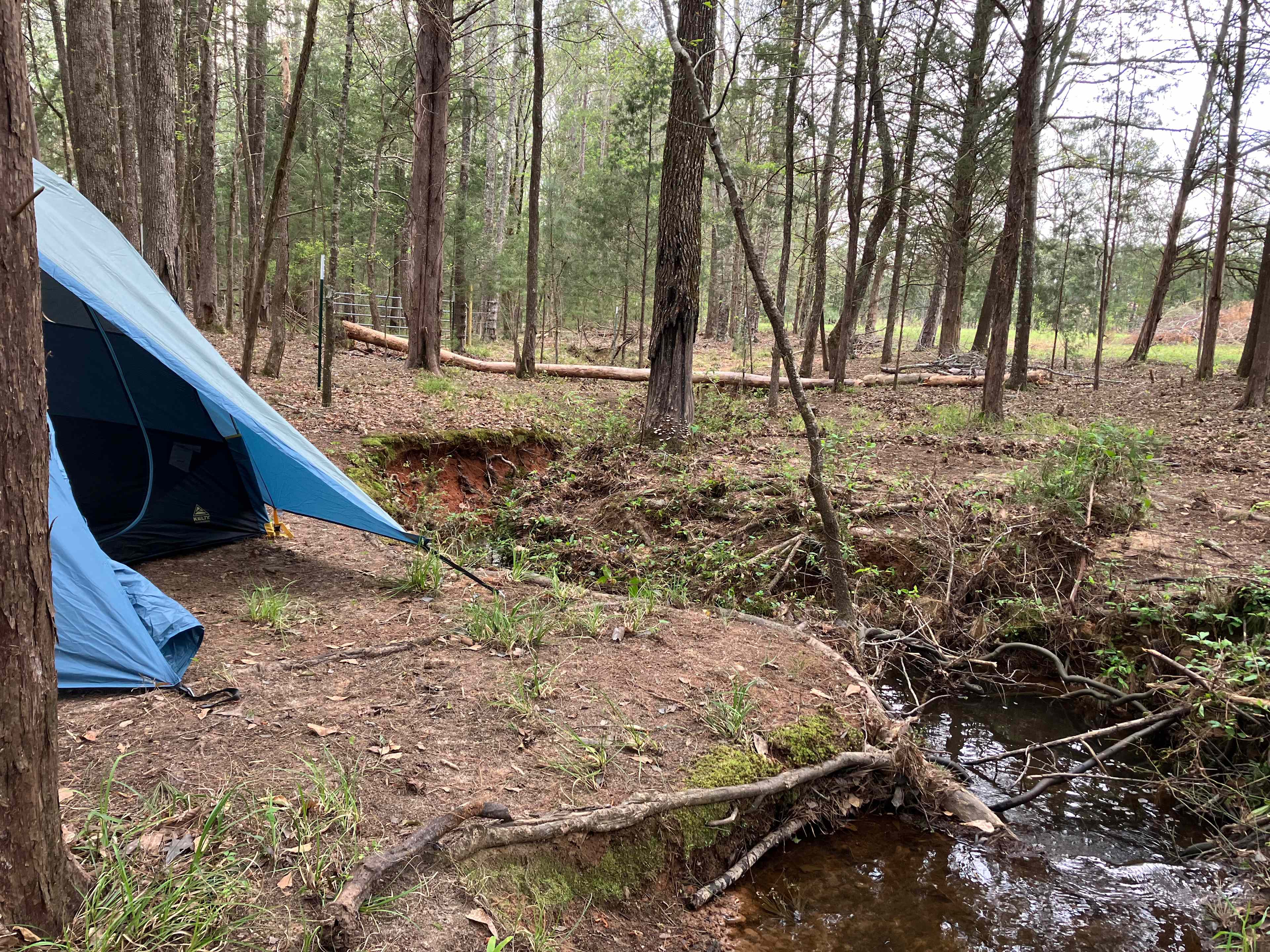






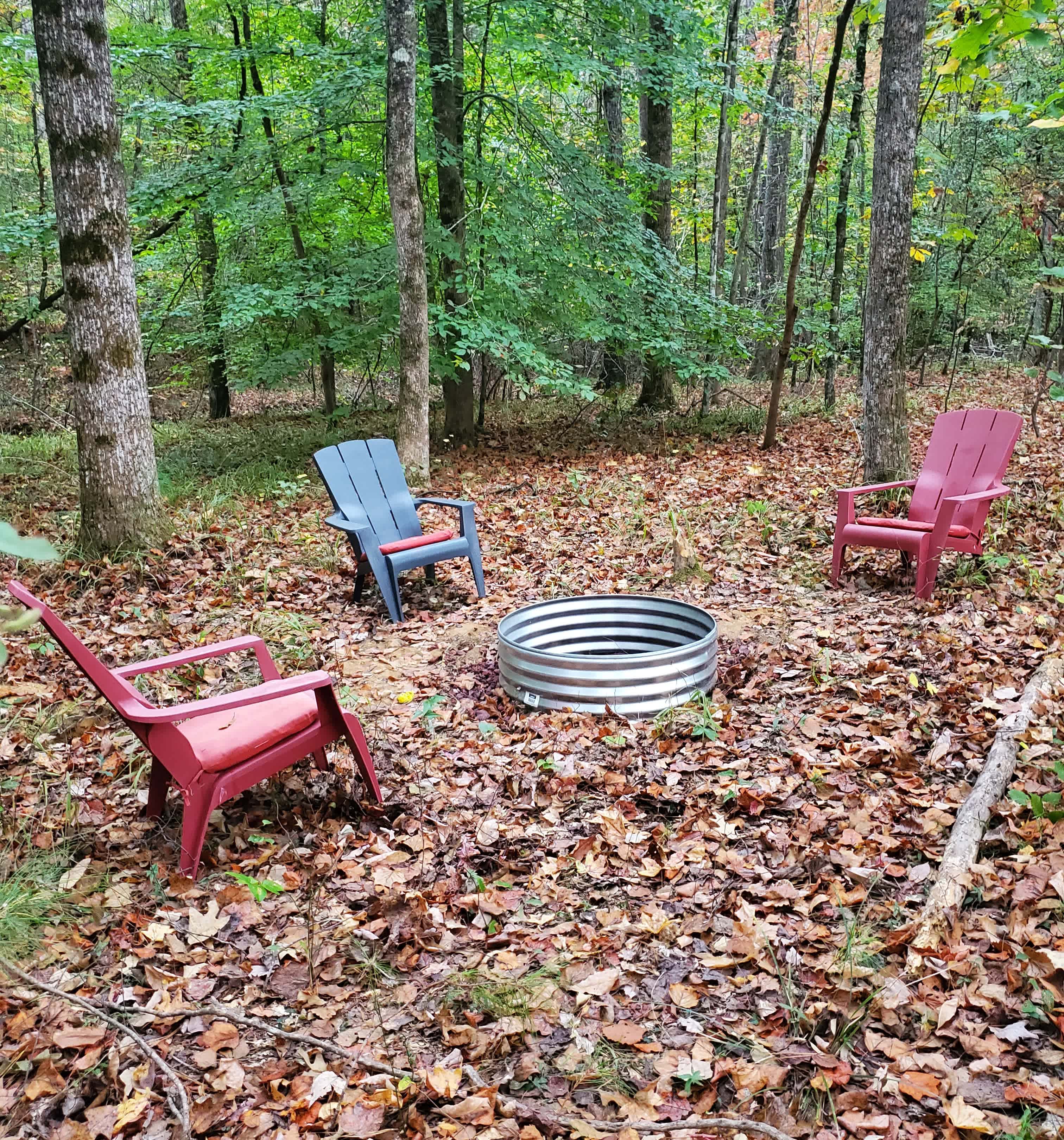



Other options near Tuskegee Institute National Historic Site
The best camping in Tuskegee Institute National Historic Site, AL guide
Overview
About
The Tuskegee Institute showcased what people can do with an education. Booker T. Washington was the first head of the school during its founding in 1881. His ideals of hard work paved the way for former slaves to make a living.
The site of the institute served as a teaching school for African Americans. A lack of funds from the state of Alabama meant the students didn't have classrooms. The first classes met in a local church. That didn't deter the students. They took matters into their own hands and made bricks.
Eventually, those bricks turned into an administrative building with classrooms. Then the school expanded to include 2,300 acres and many more buildings. Bricks made and laid by Washington and his students still stand today.
This historic site preserves 20 buildings on the campus of Tuskegee University. The two main buildings are the George Washington Carver Museum and The Oaks. The museum has exhibits and artifacts from Carver's life. The Oaks served as Washington's home. It's a beautifully restored Victorian-era residence. Ranger-led tours of the house guide you through Washington's time at Tuskegee and bring the 1880s to life.
The Tuskegee Institute started out by teaching people how to teach others. It quickly expanded its curriculum to teach the industrial arts and science. George Washington Carver came to teach science at the institute in 1896. Carver's presence as a respected scientist catapulted Tuskegee to a prestigious school for higher learning.


